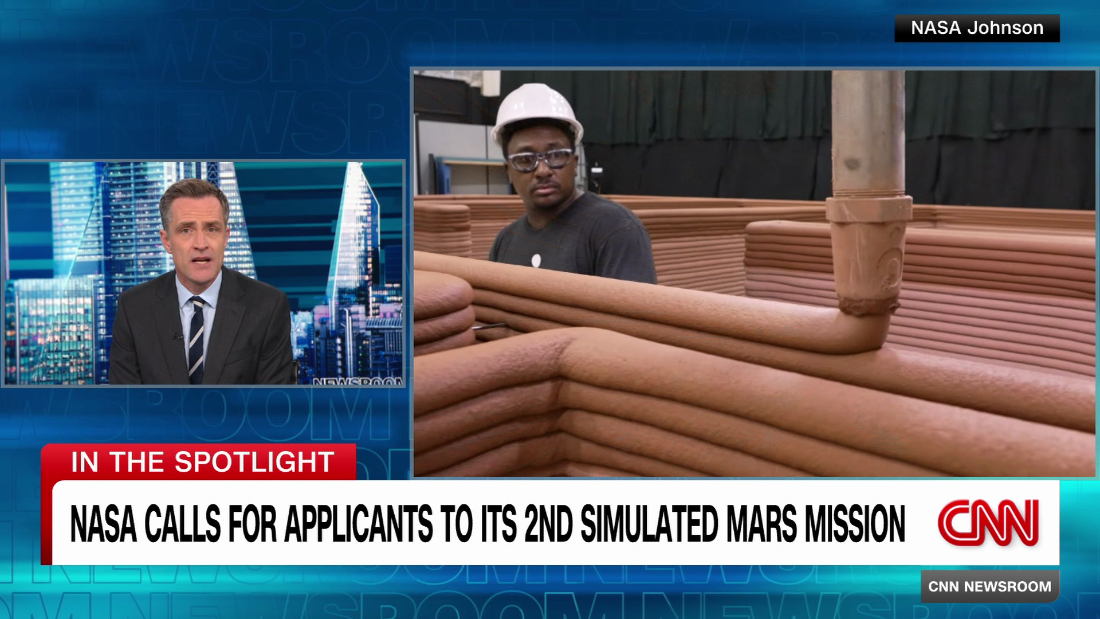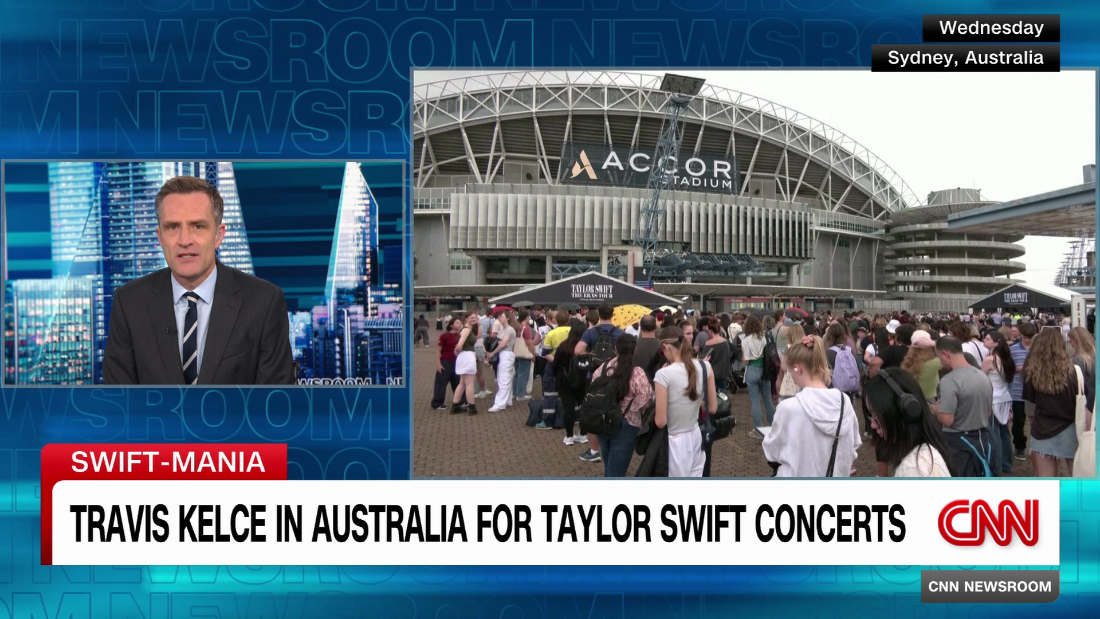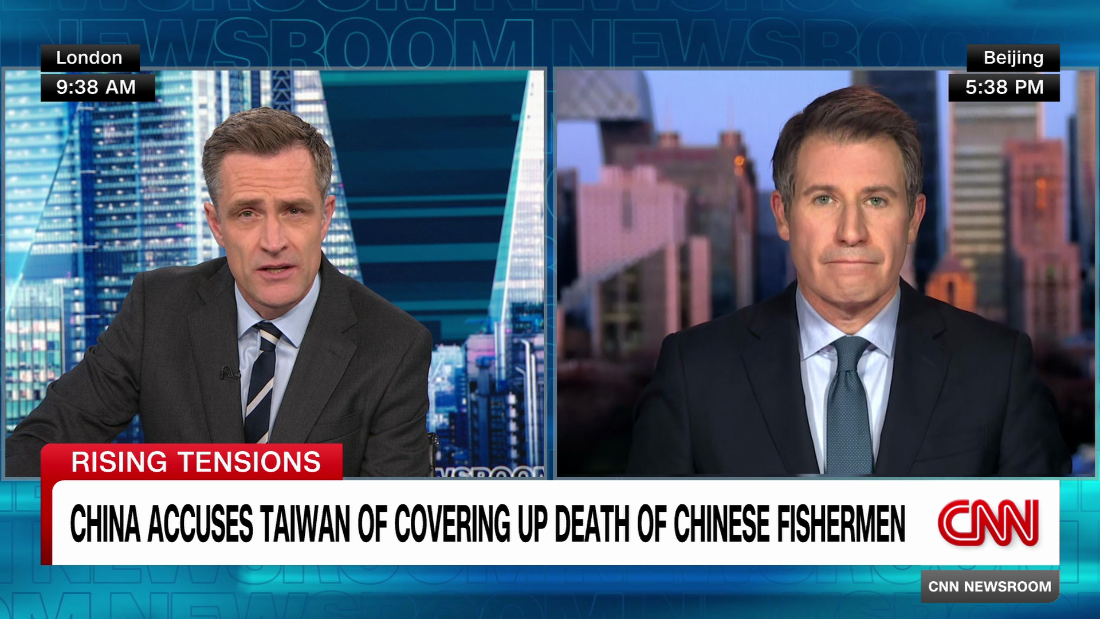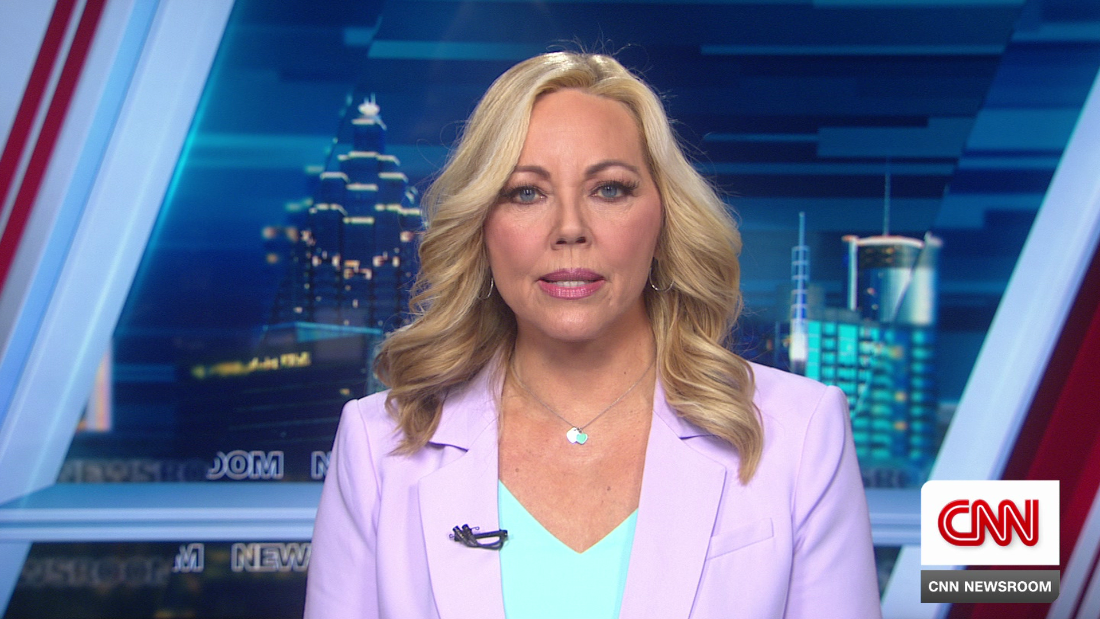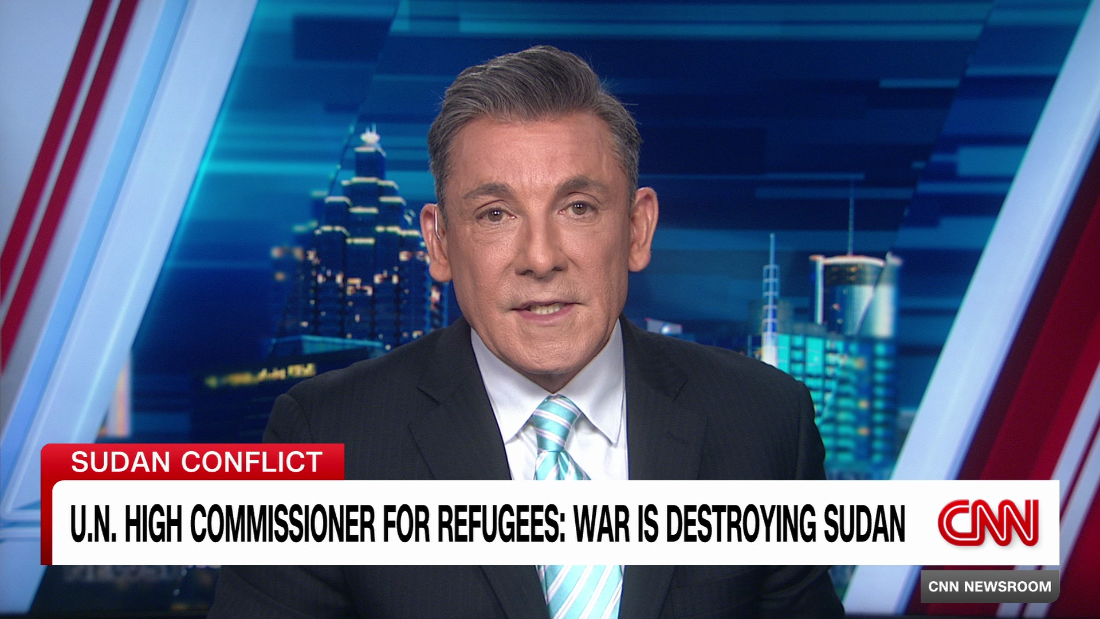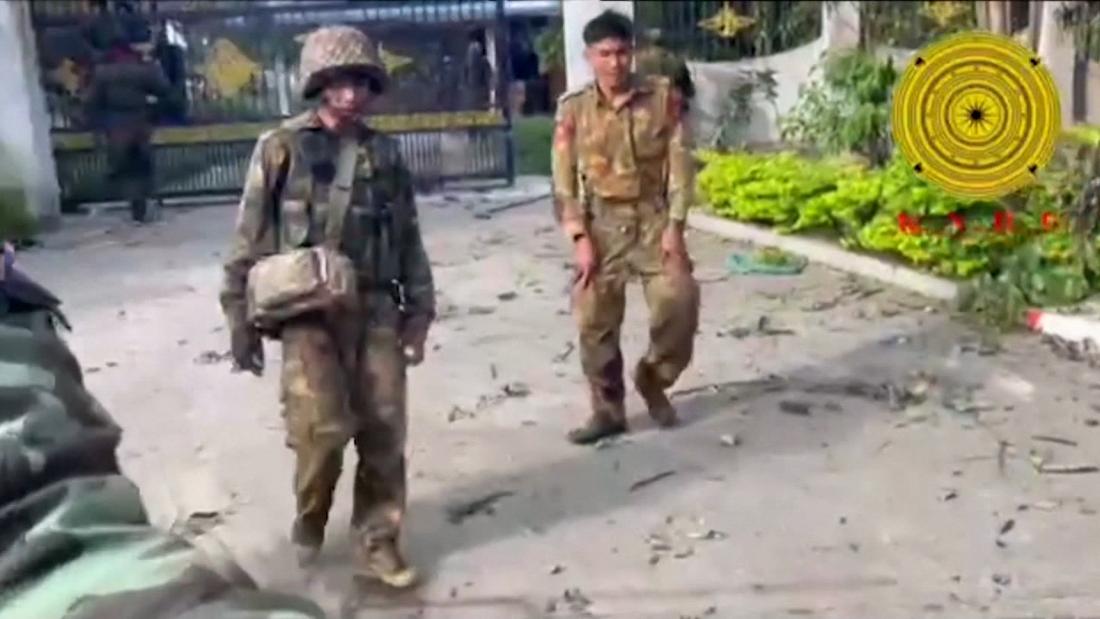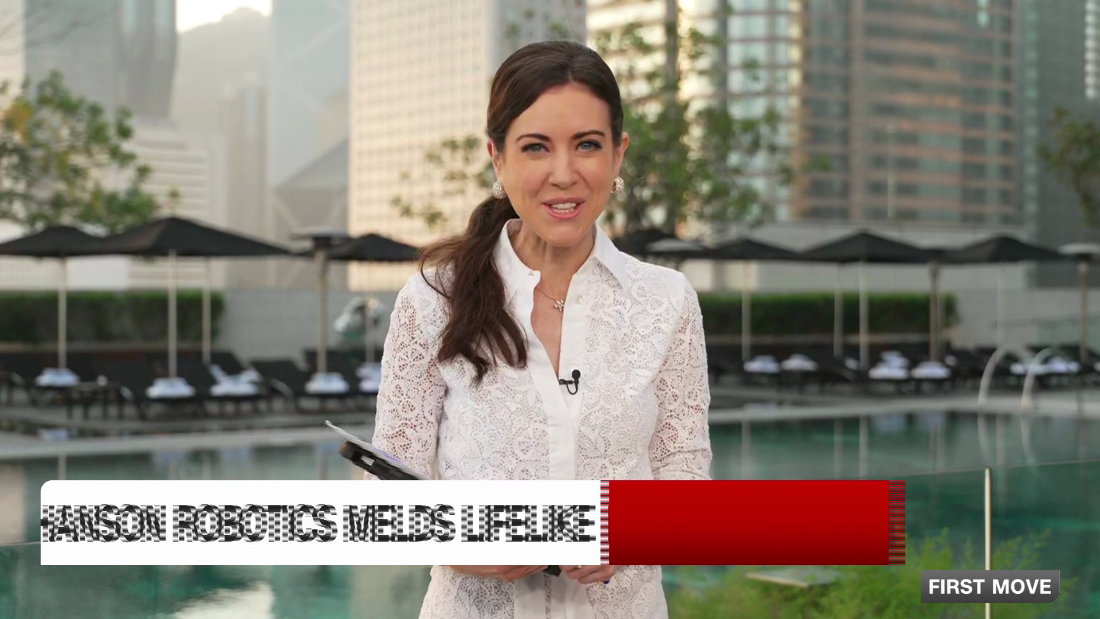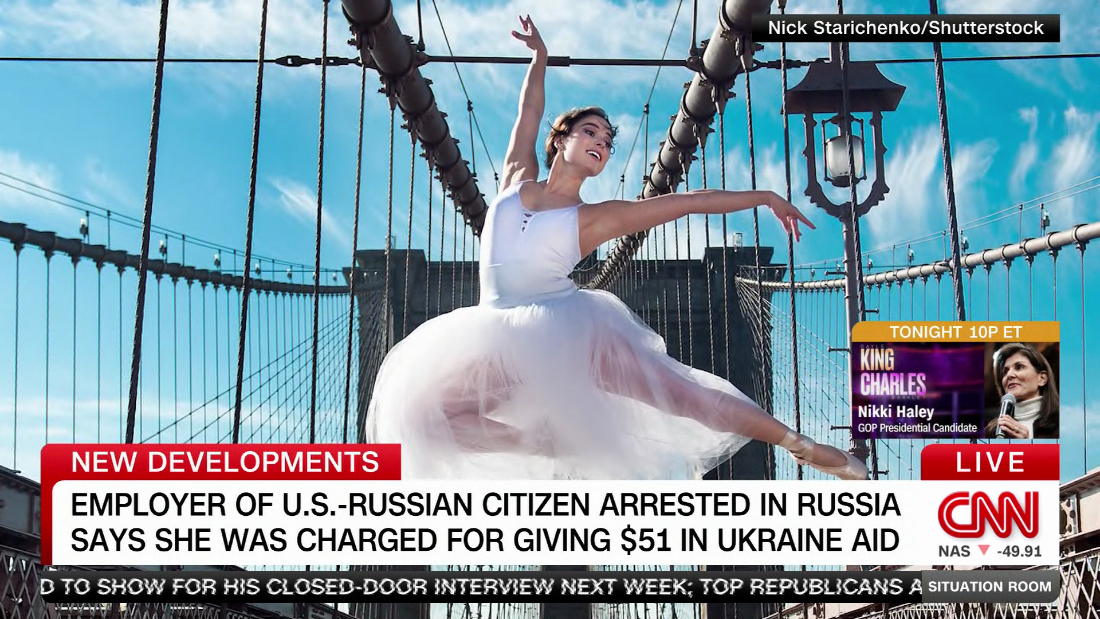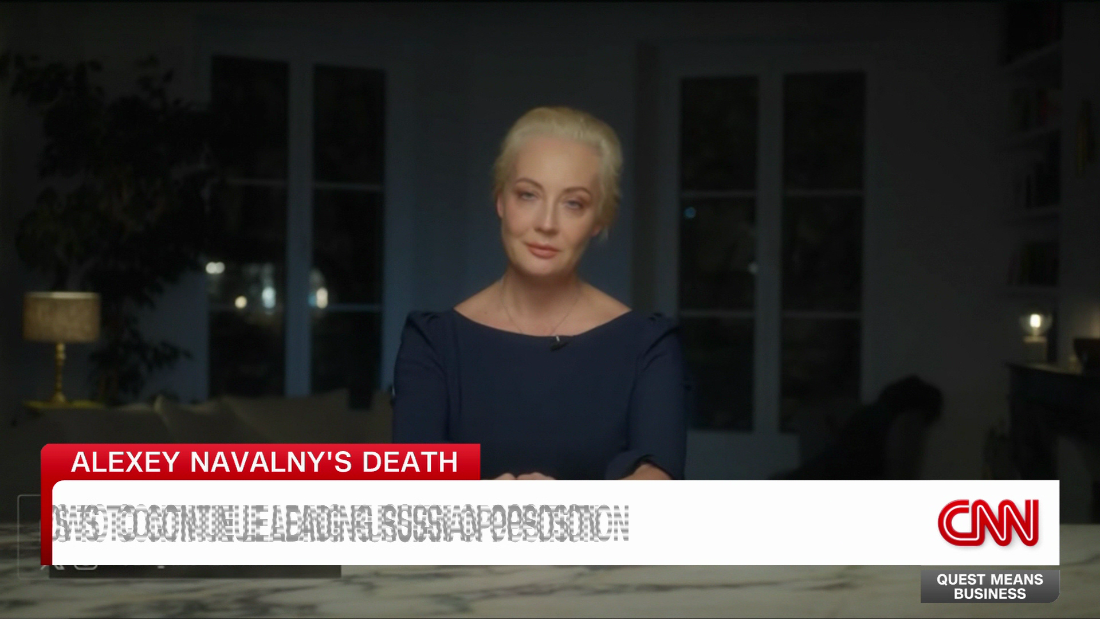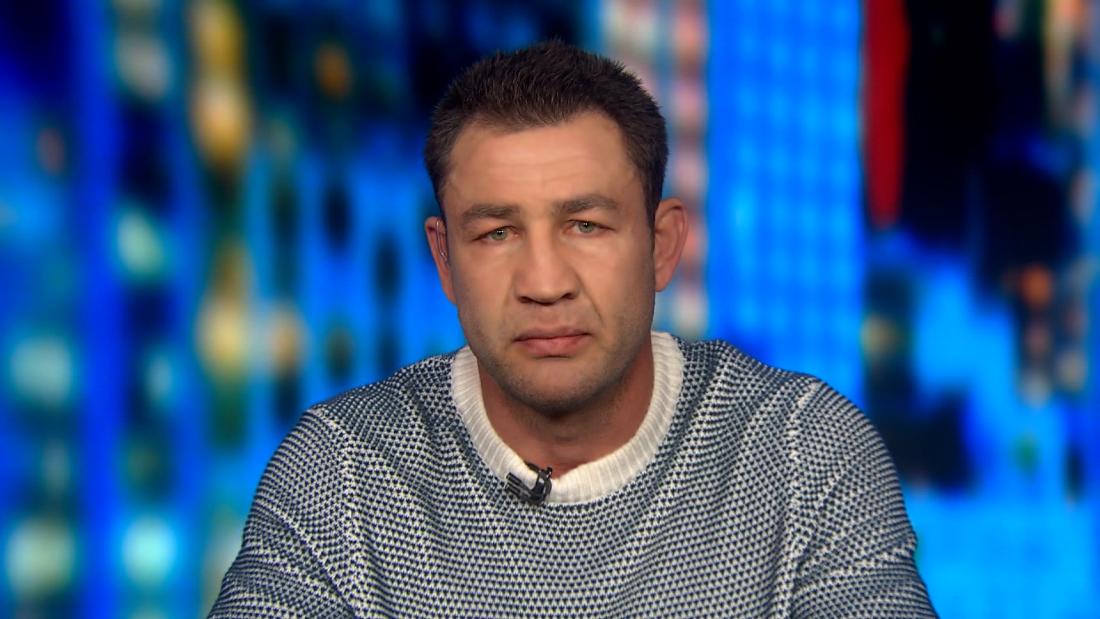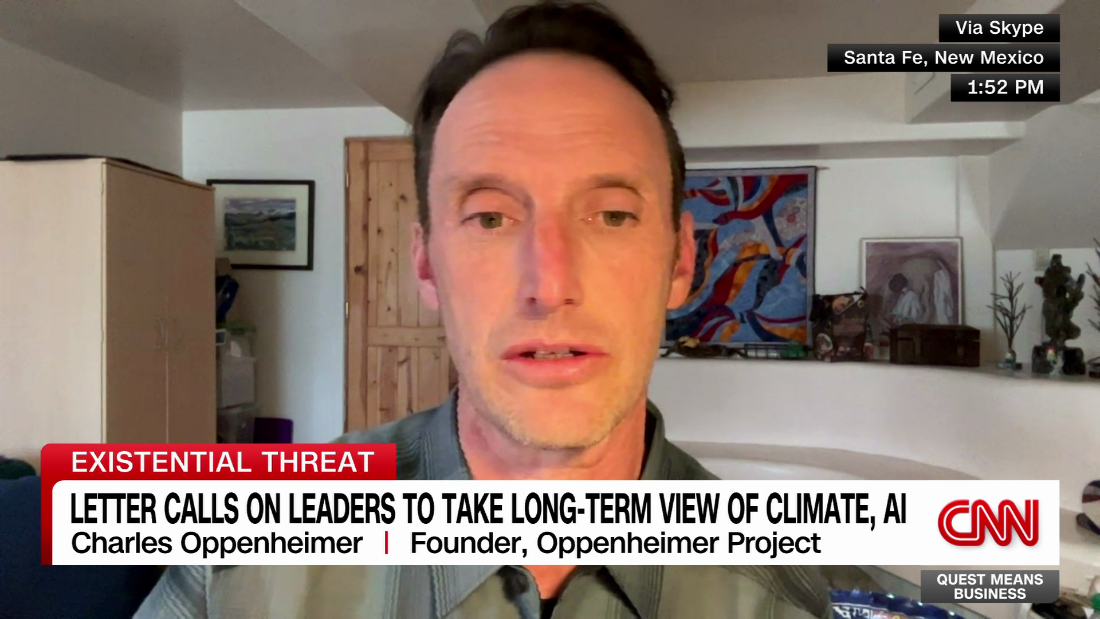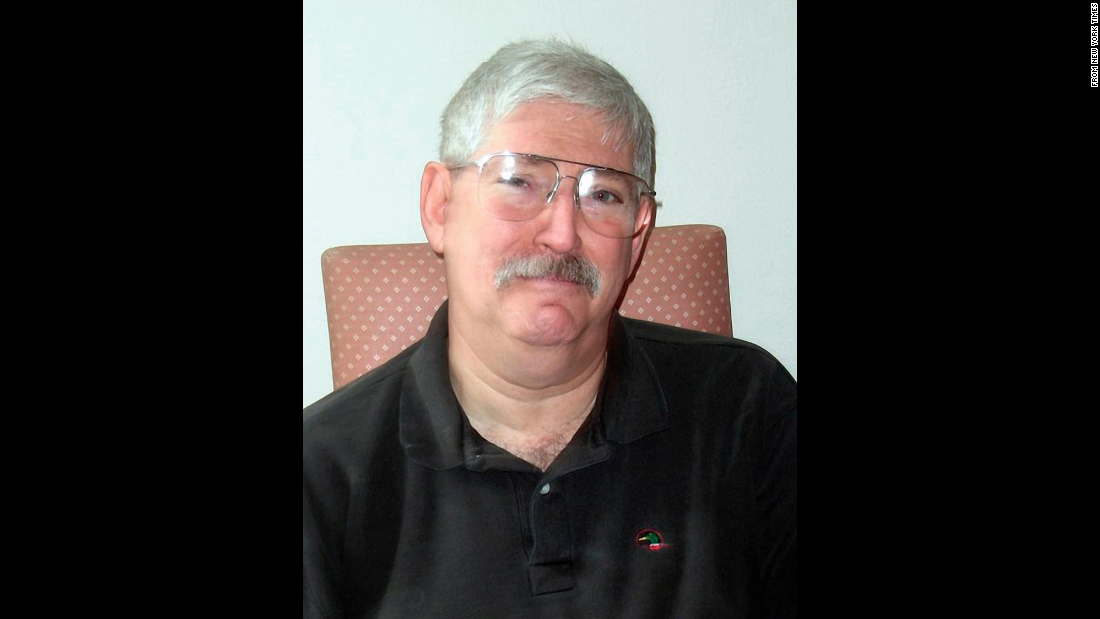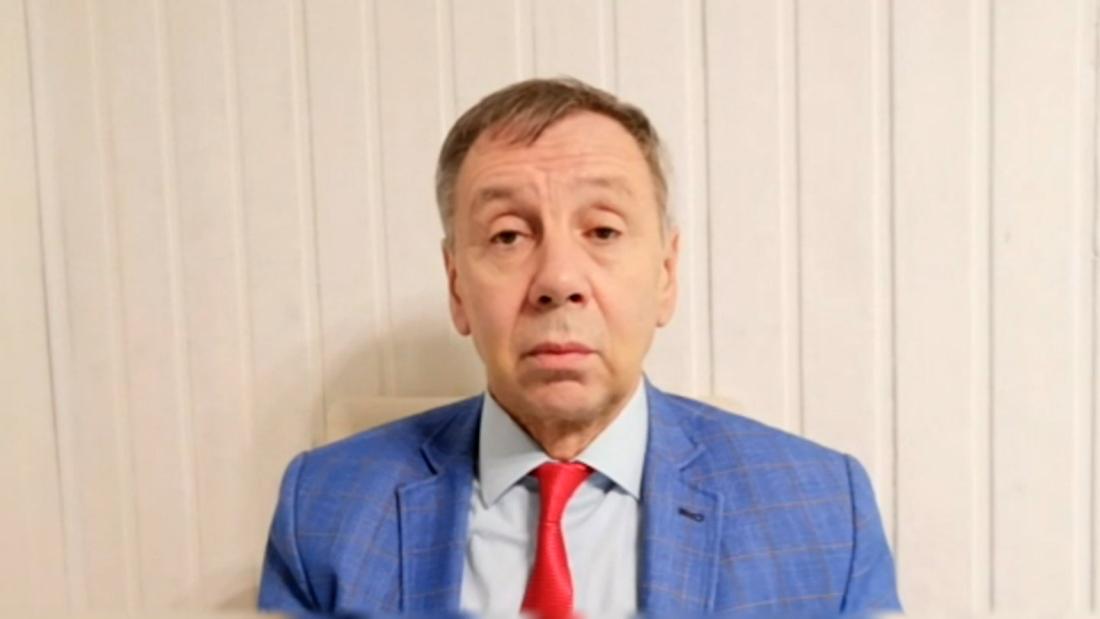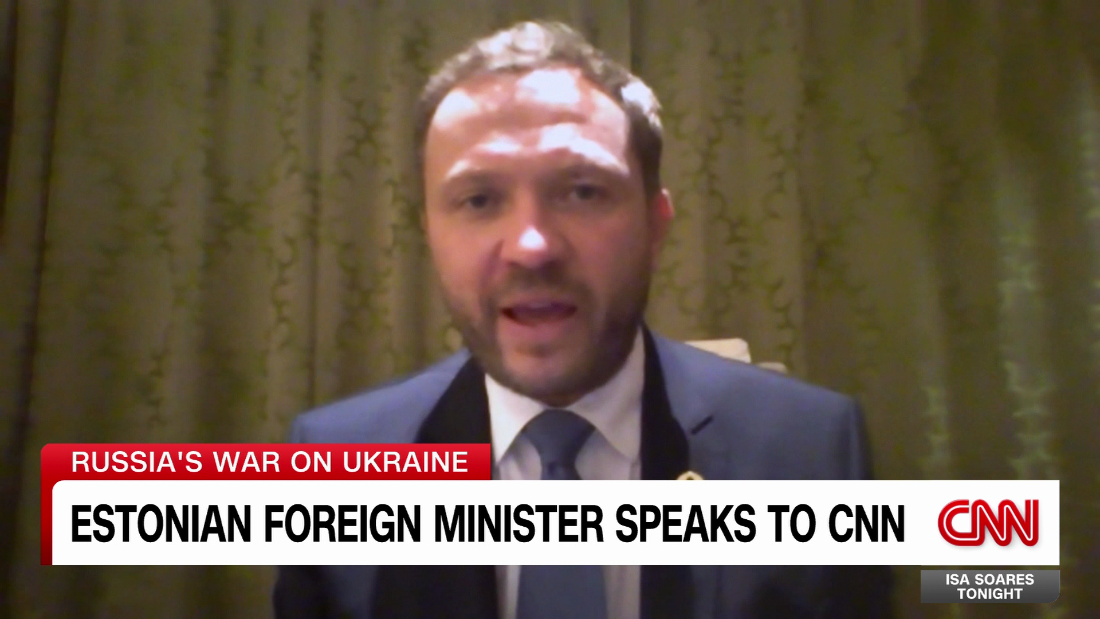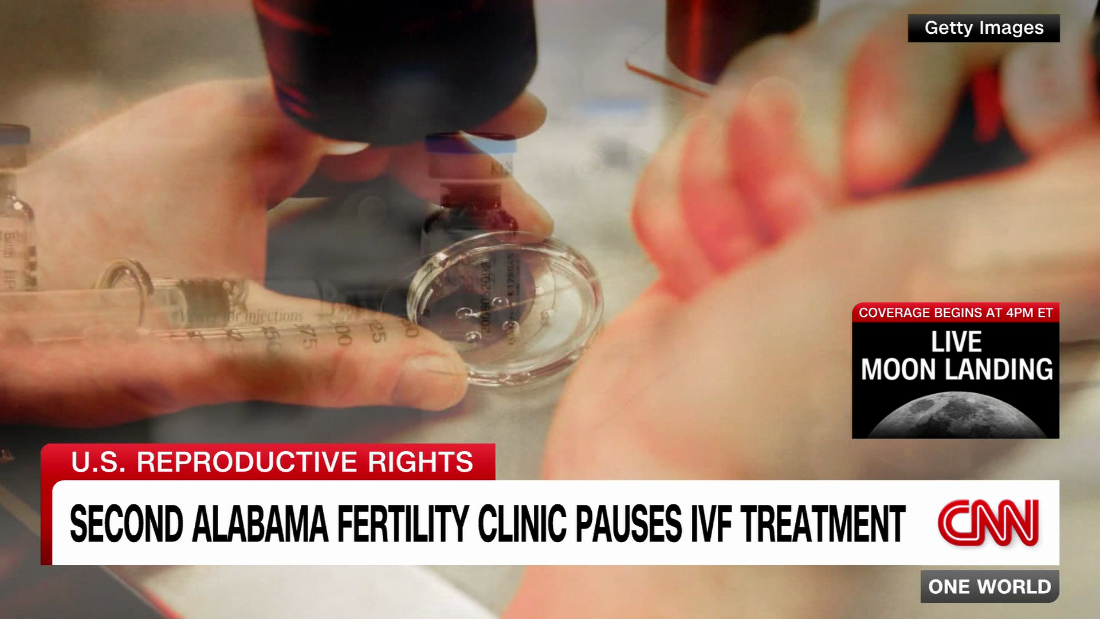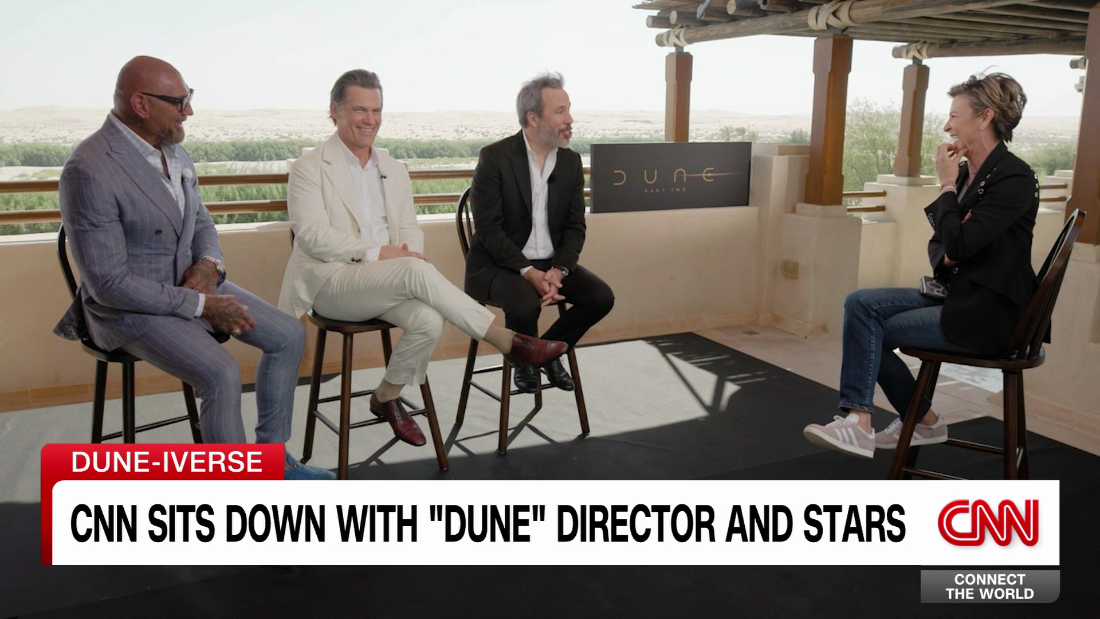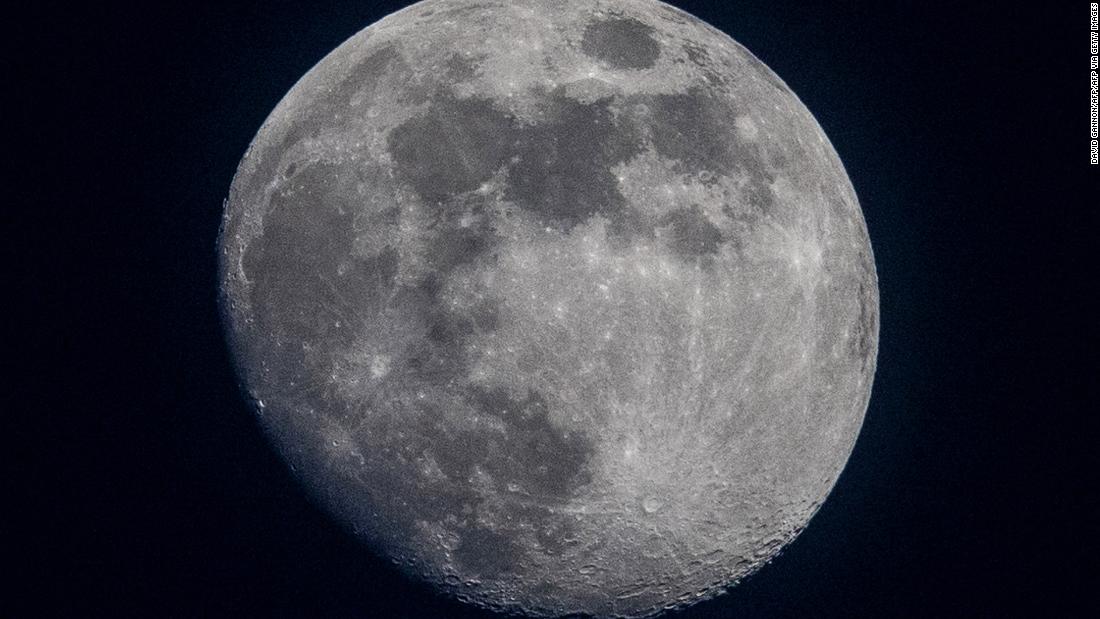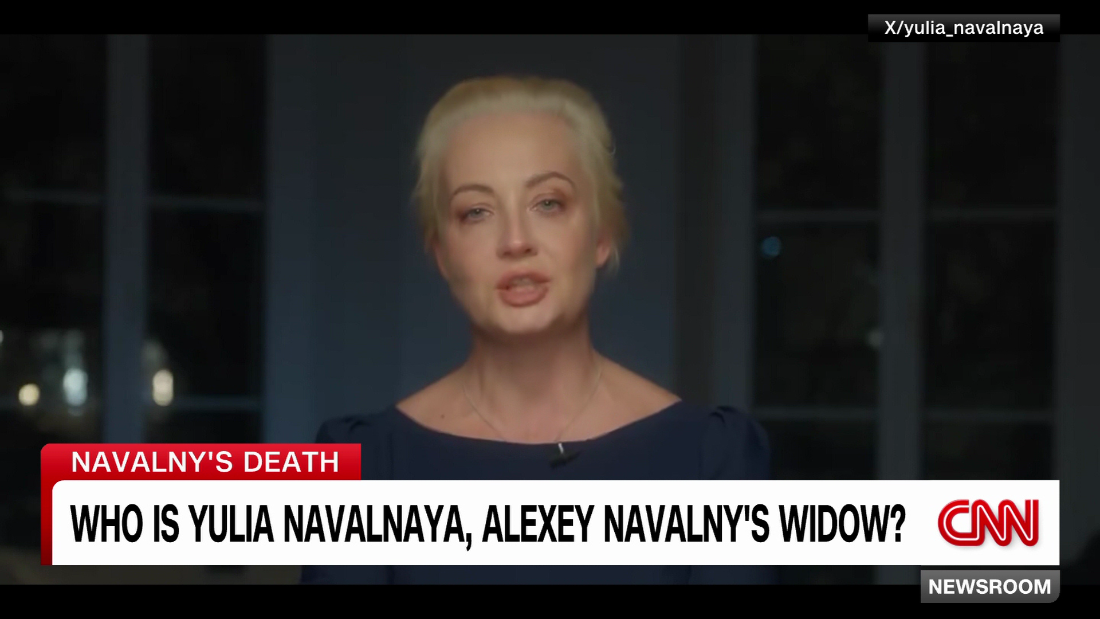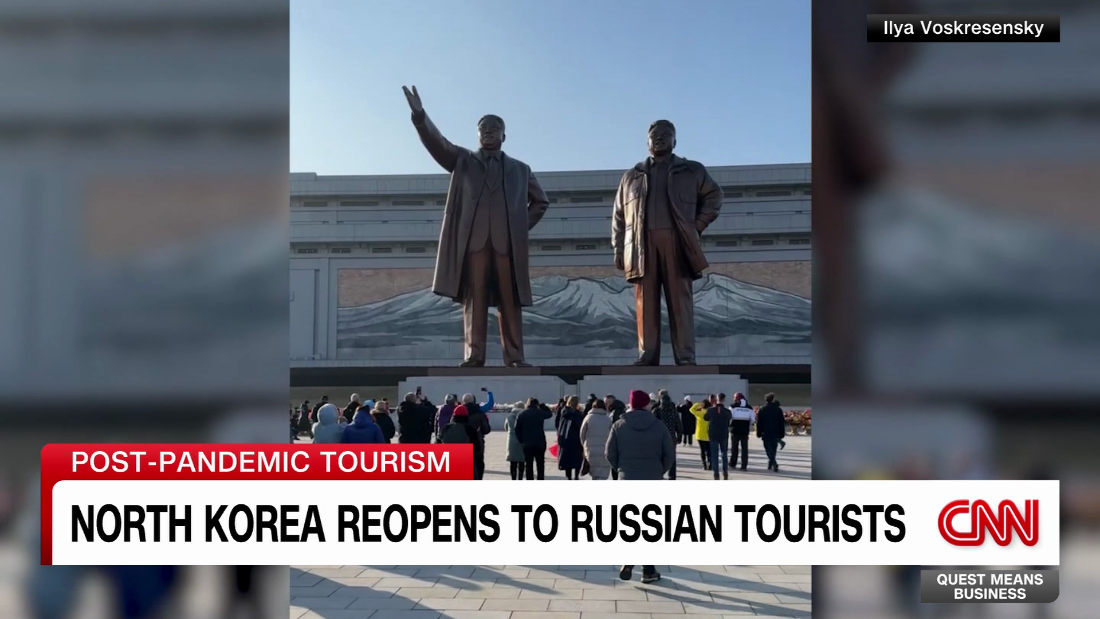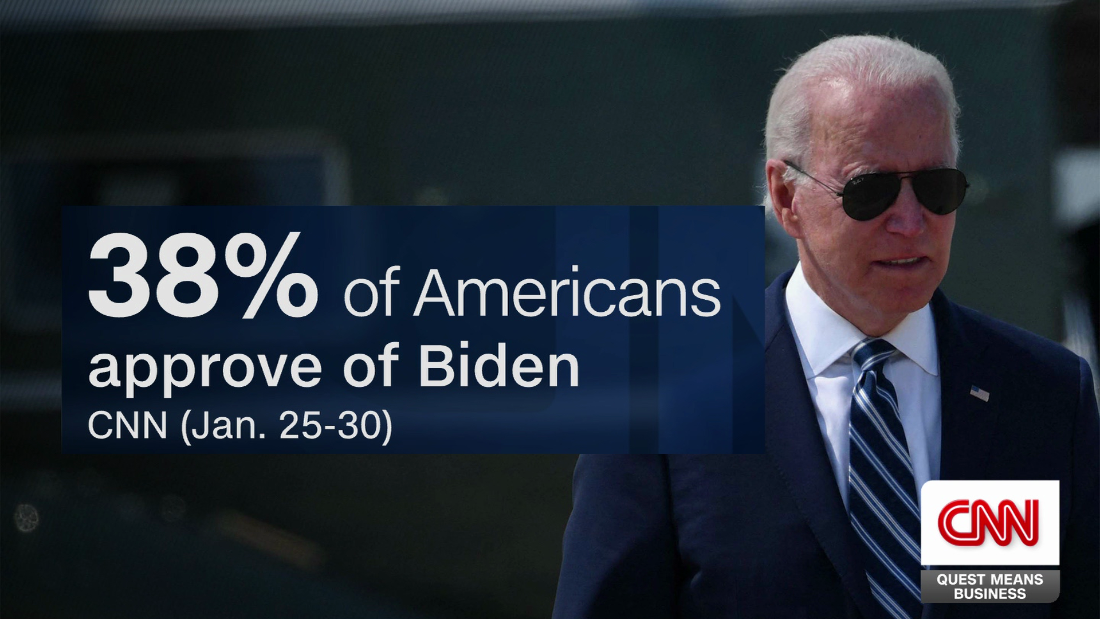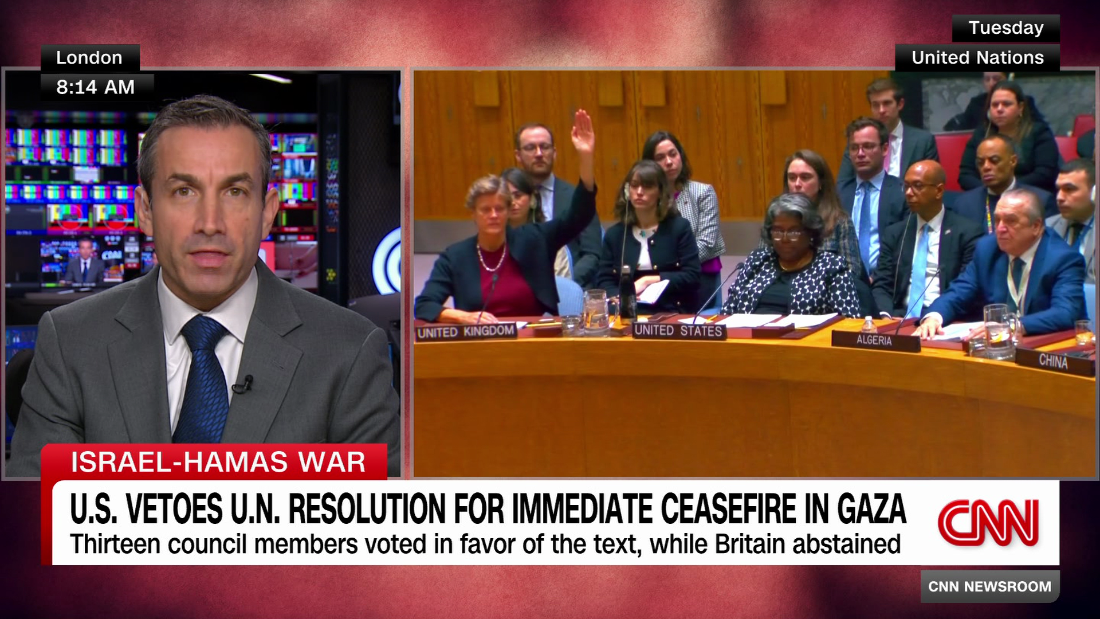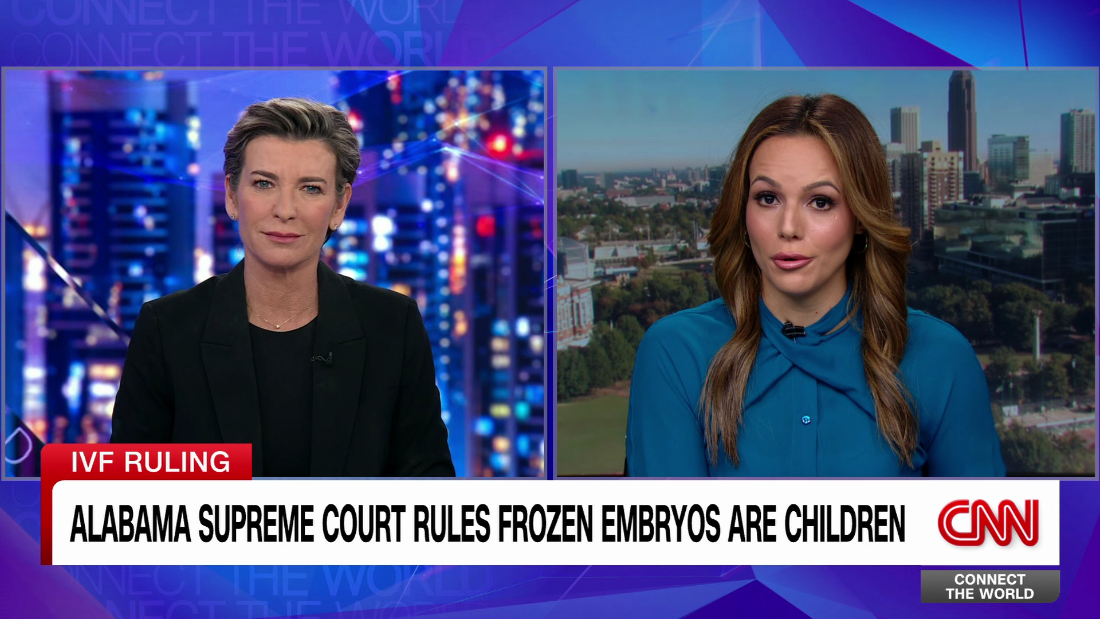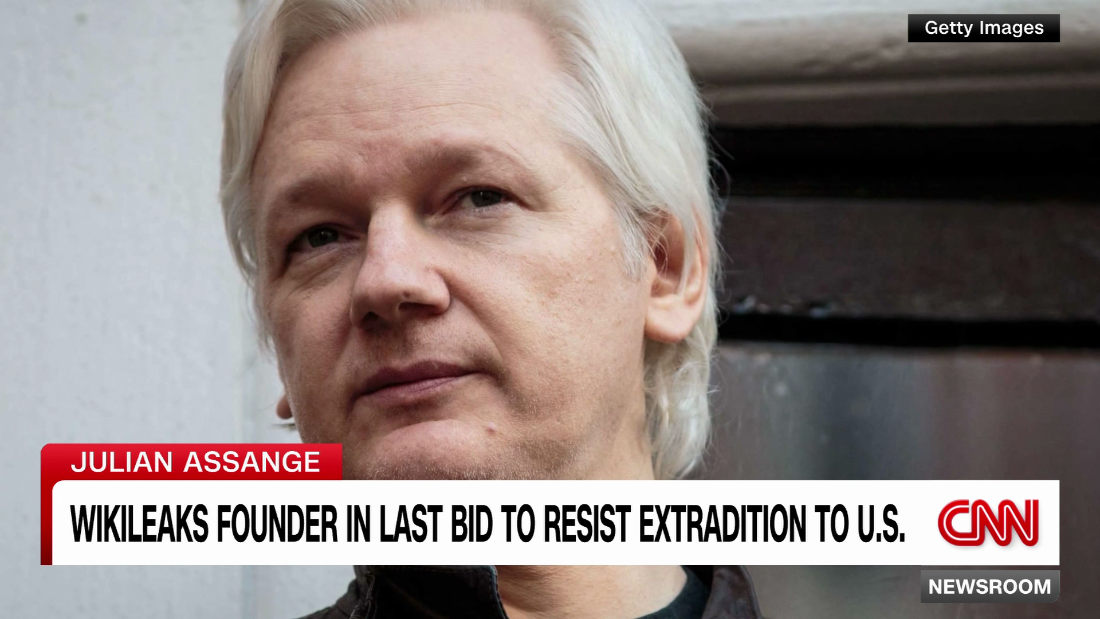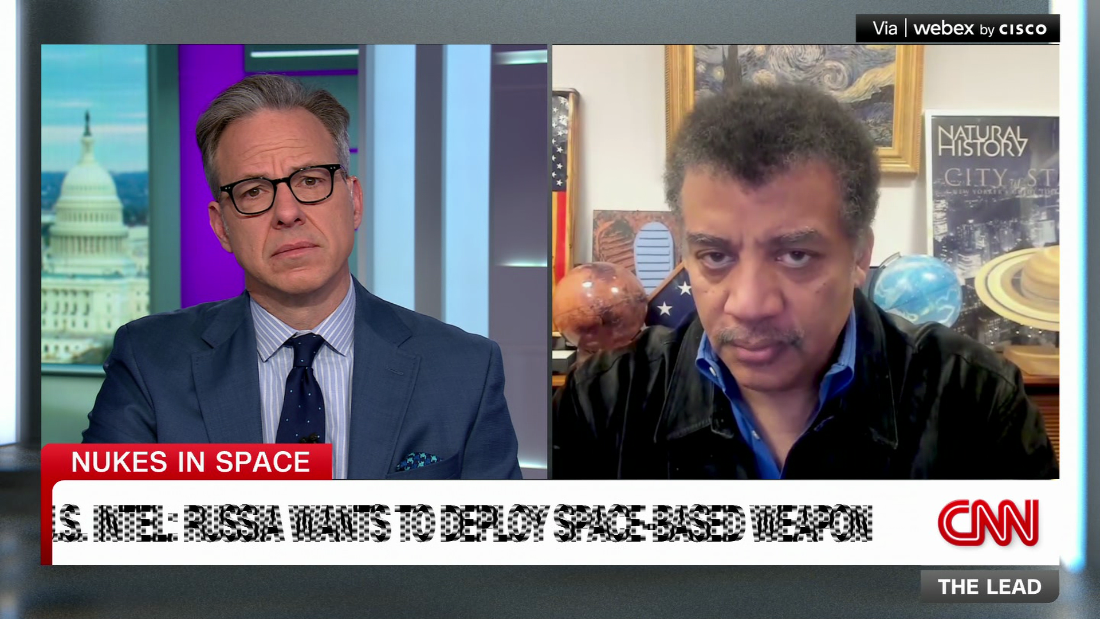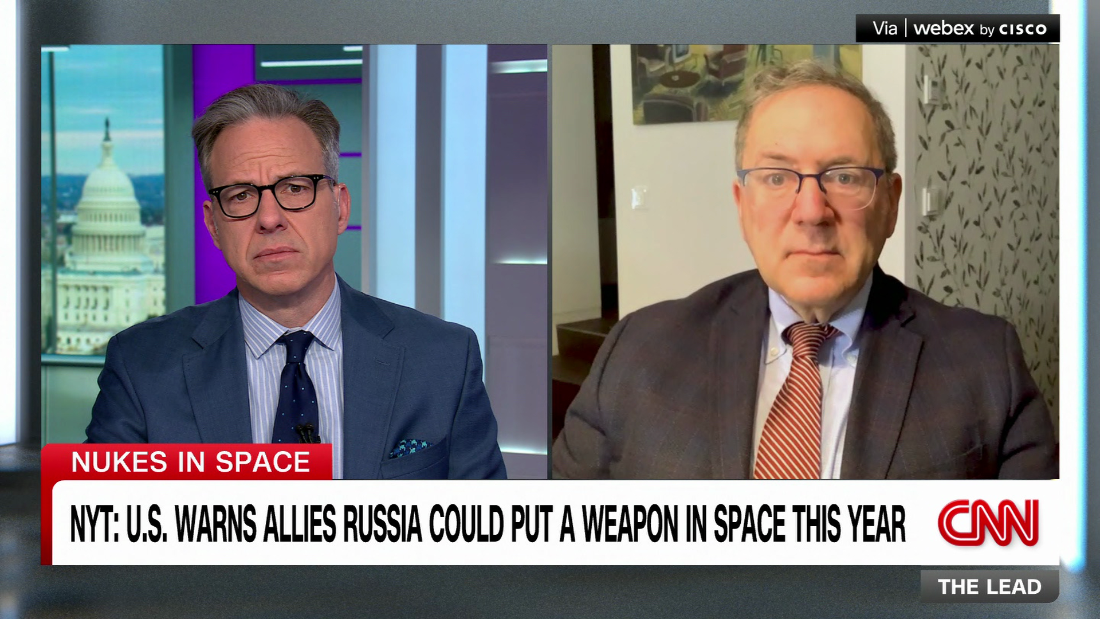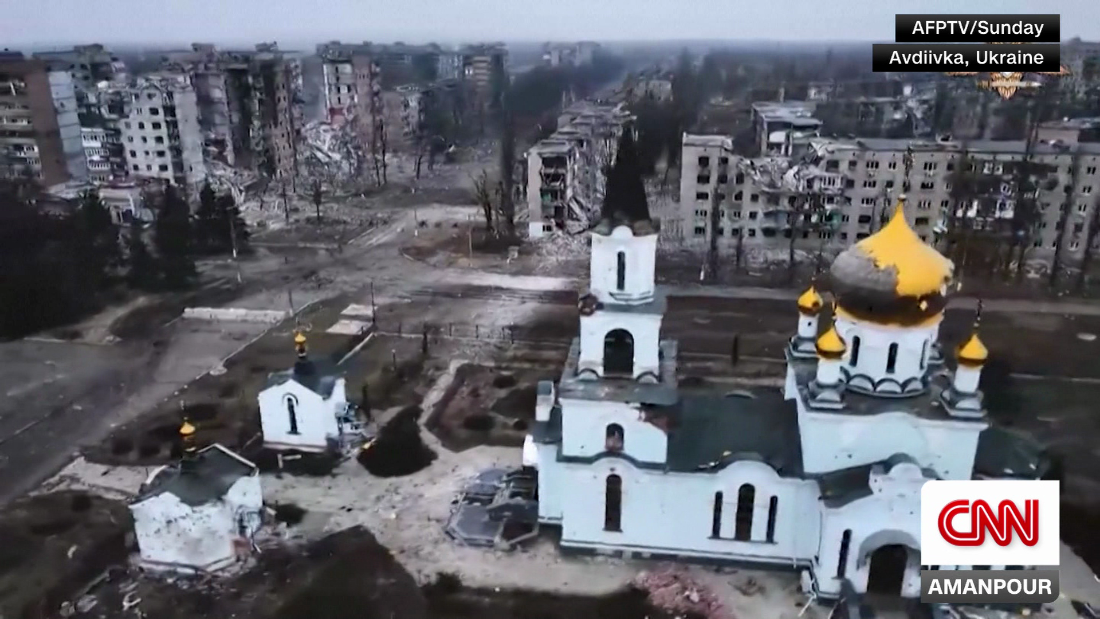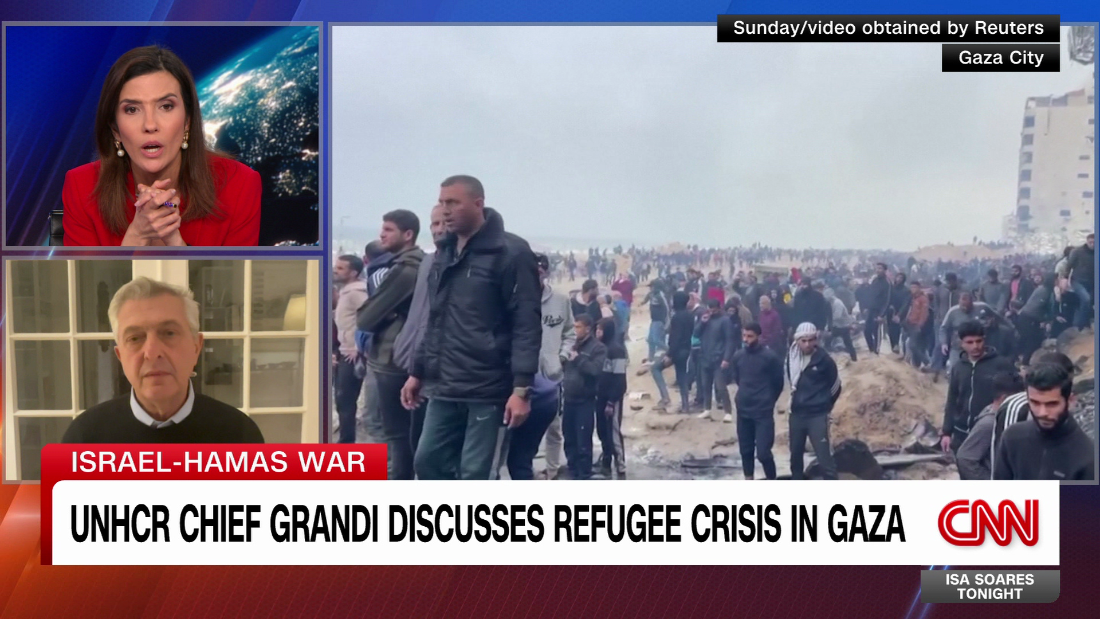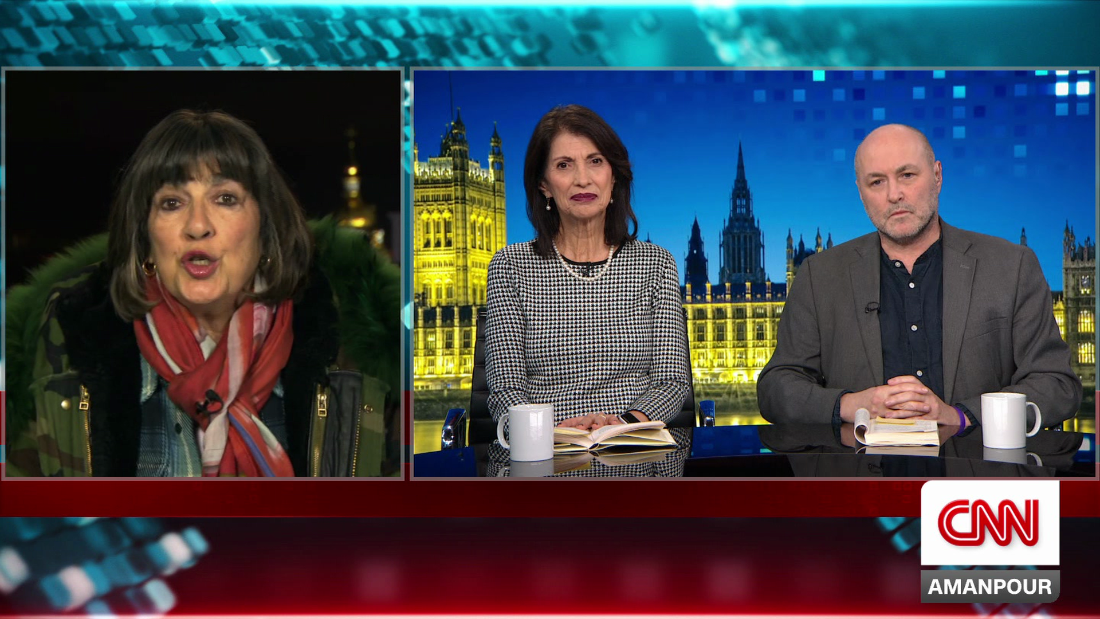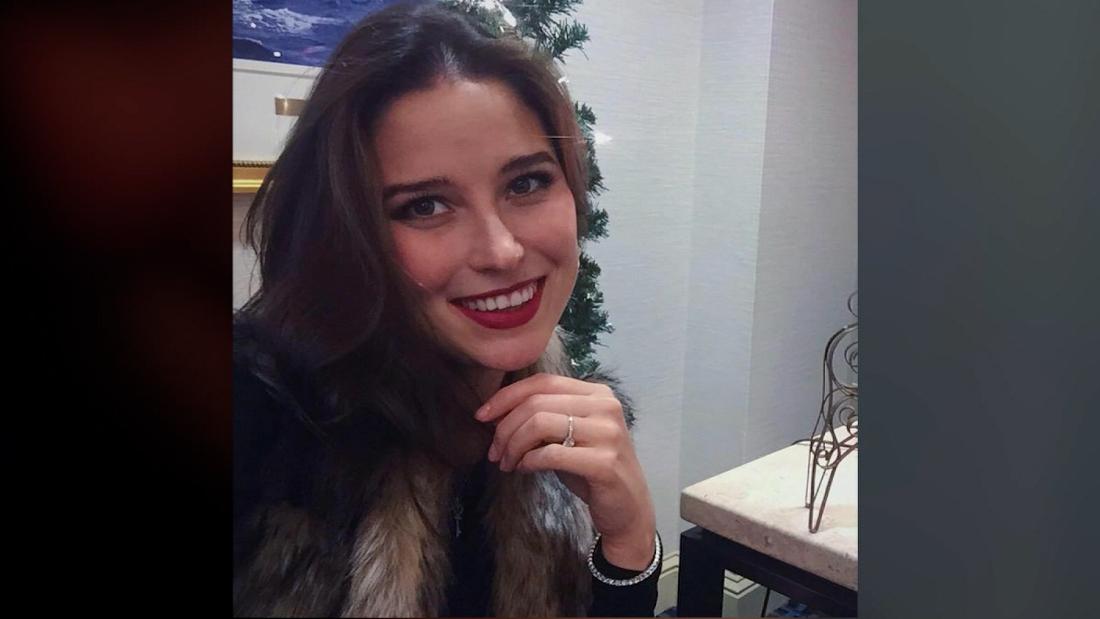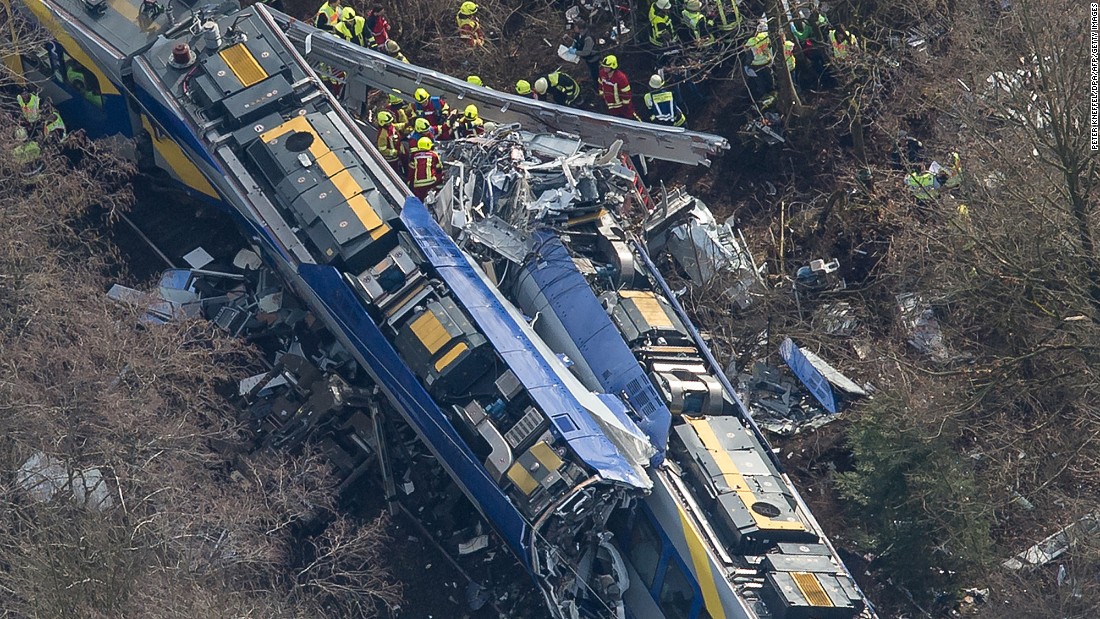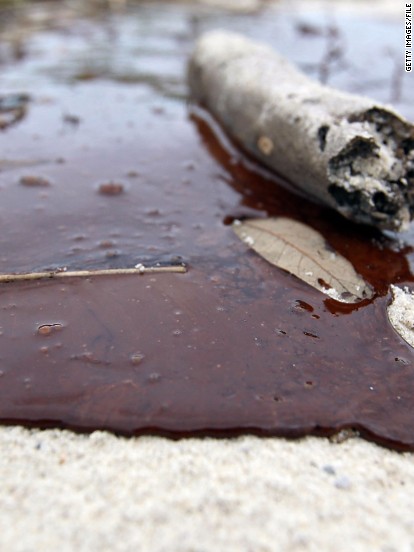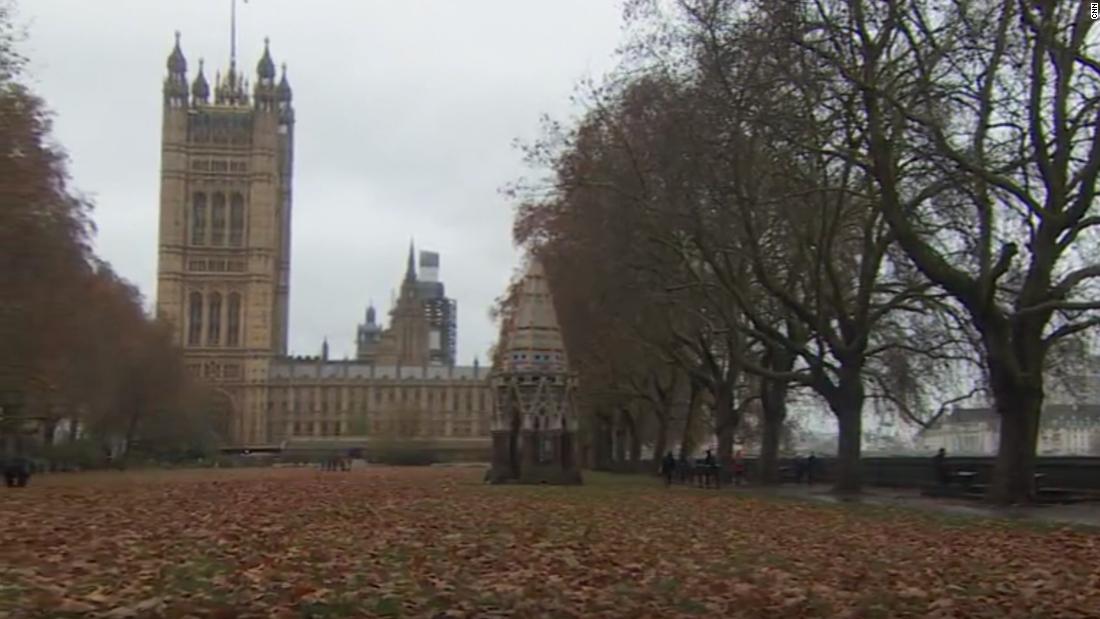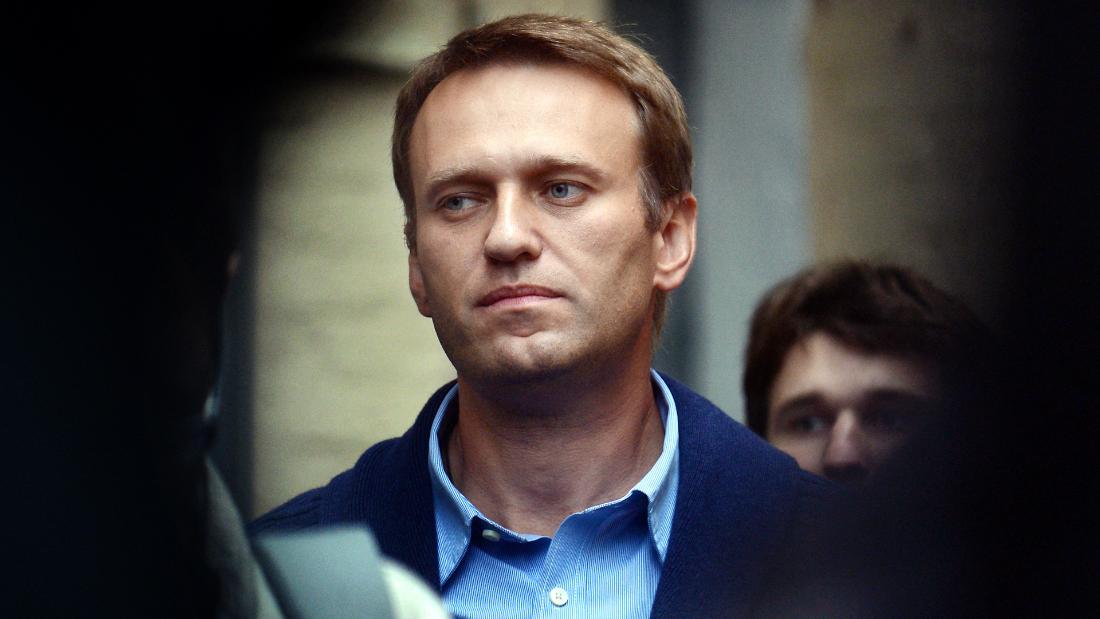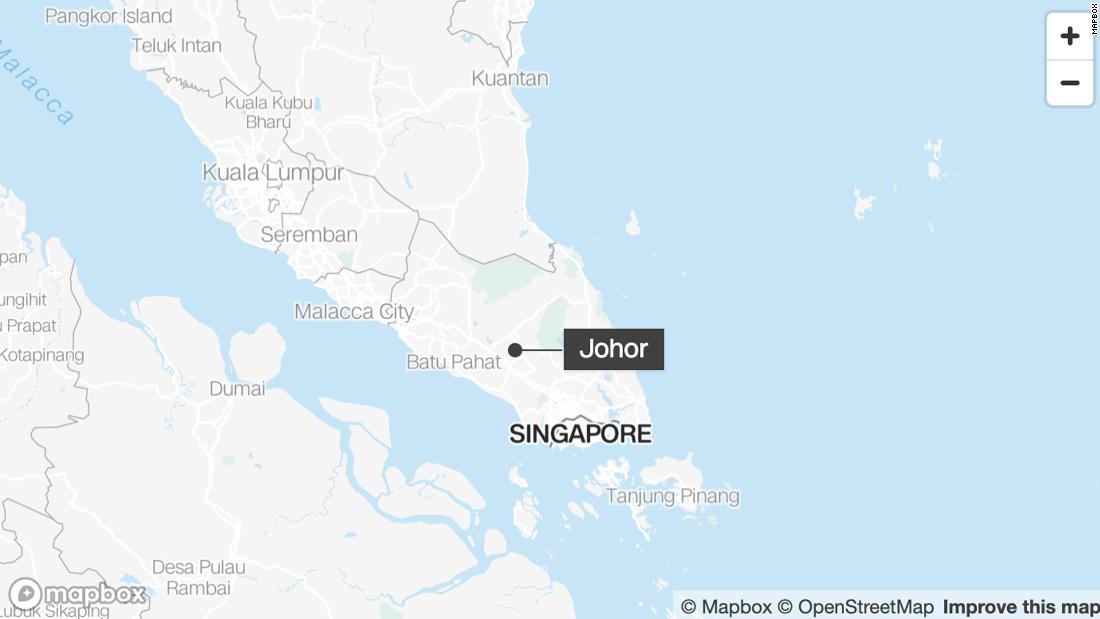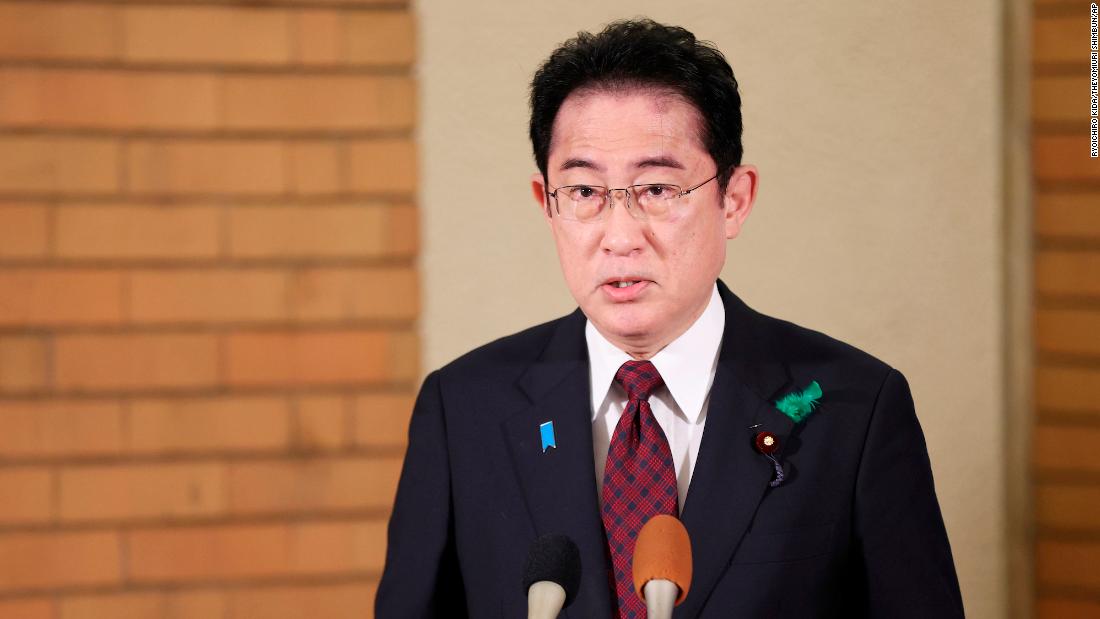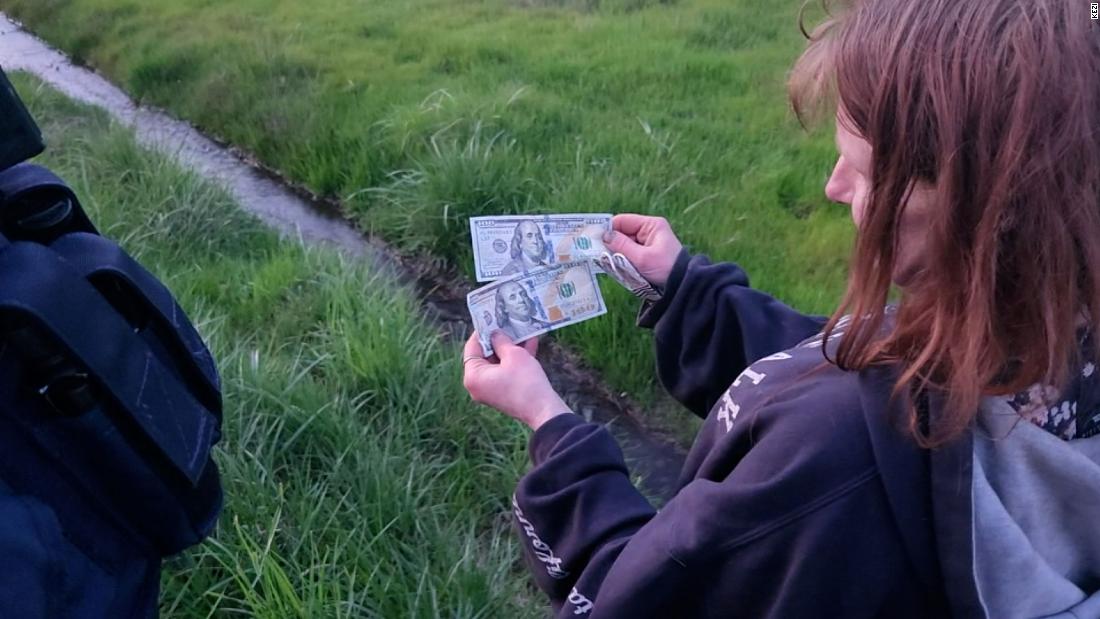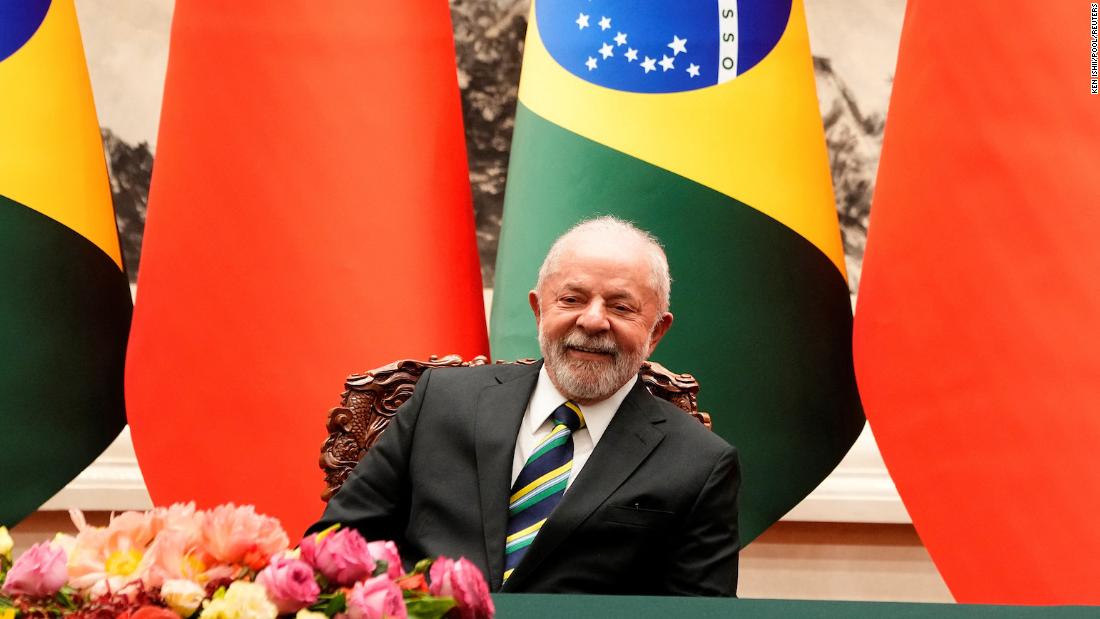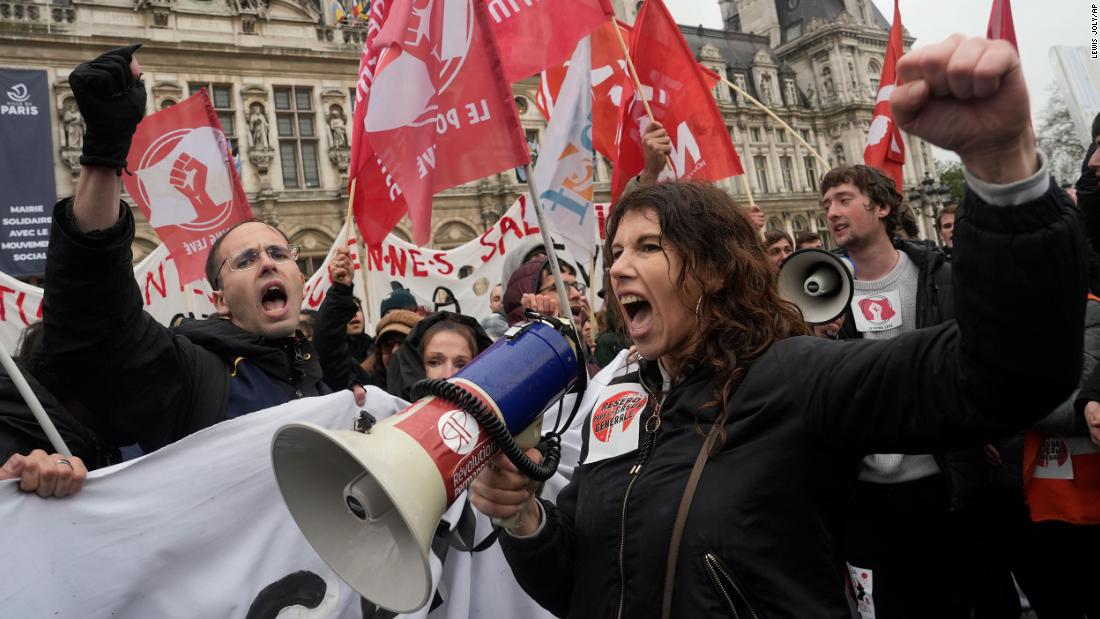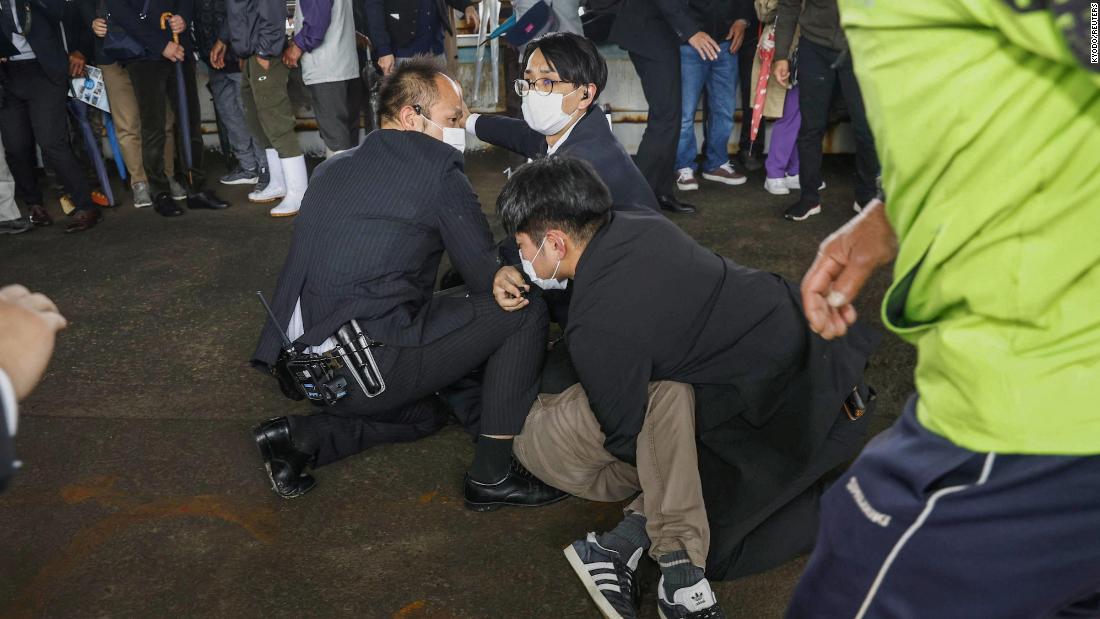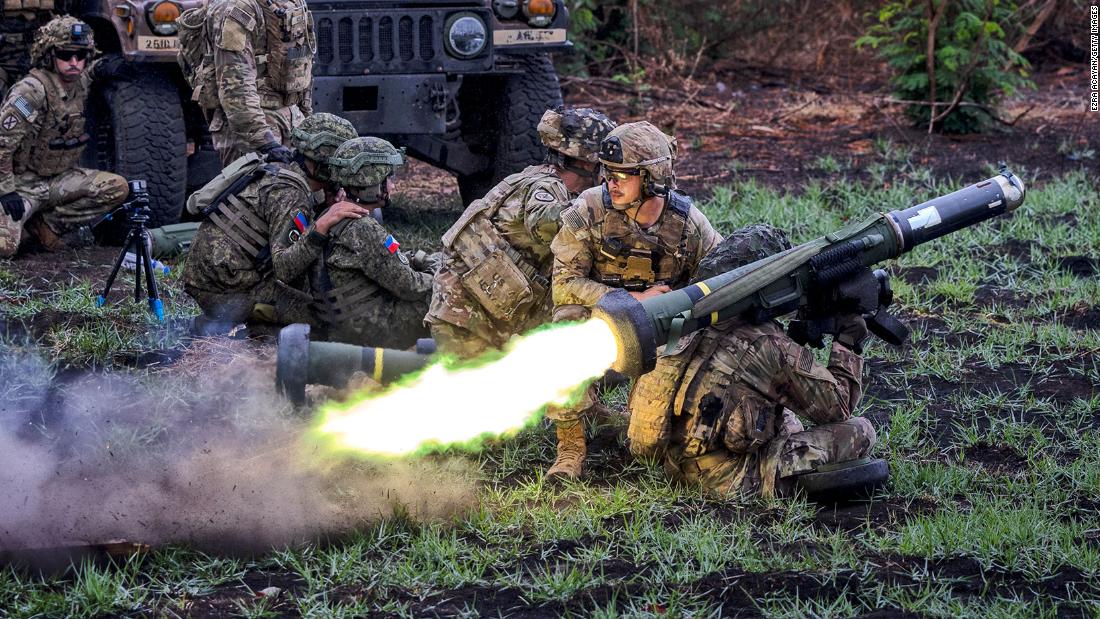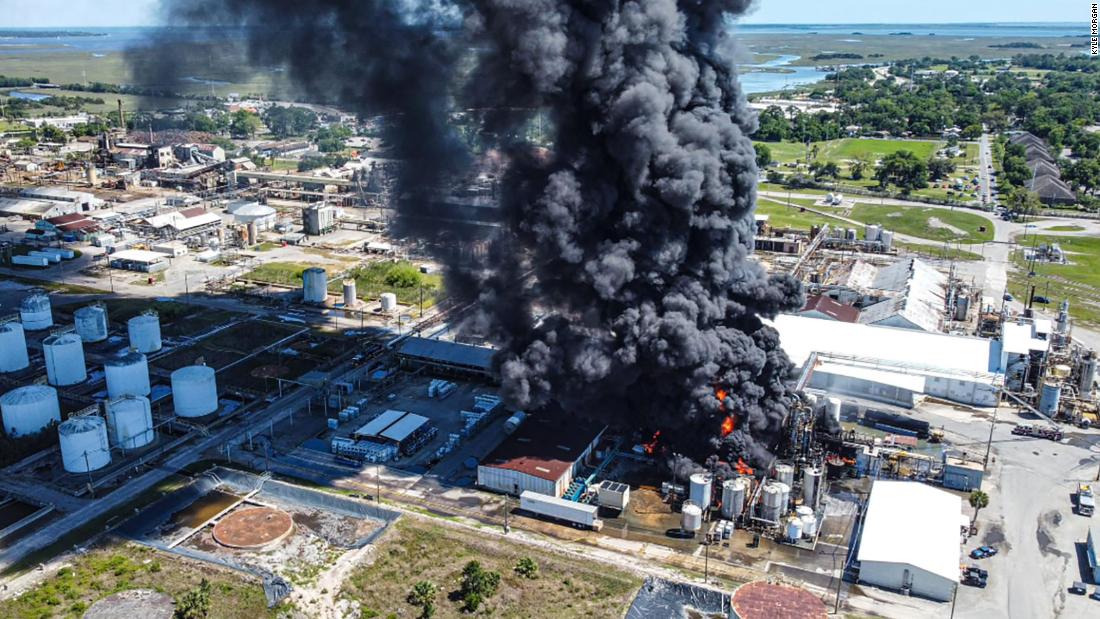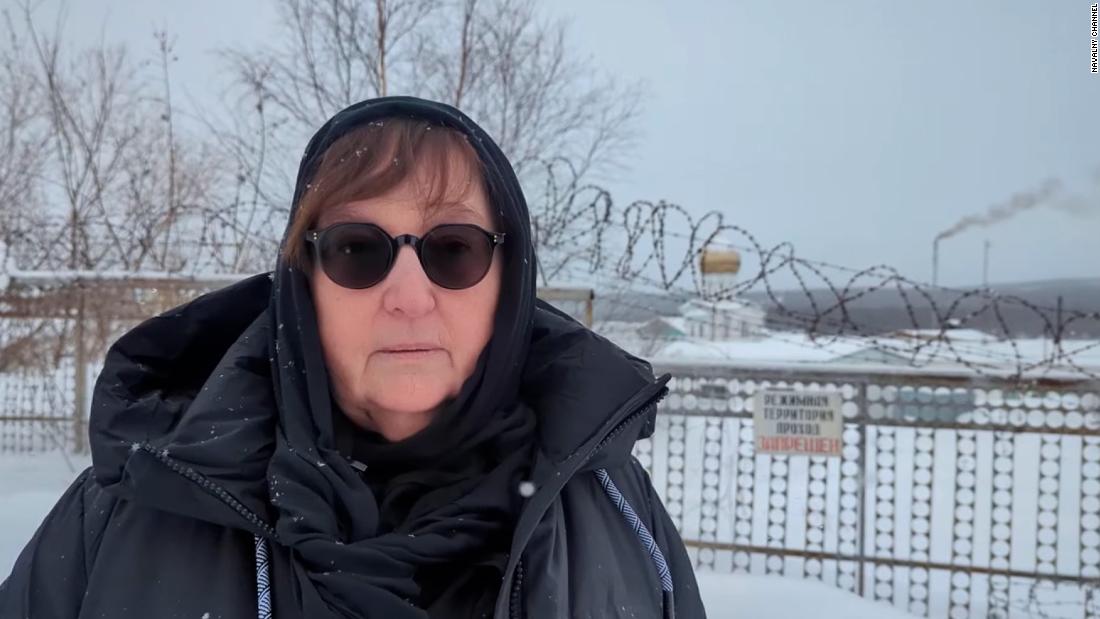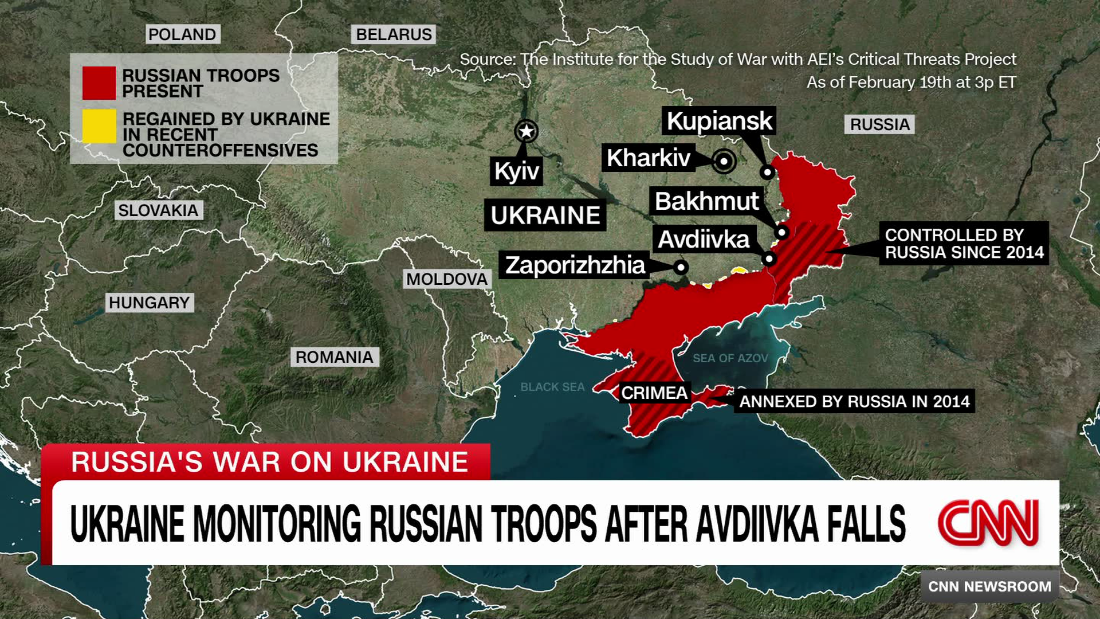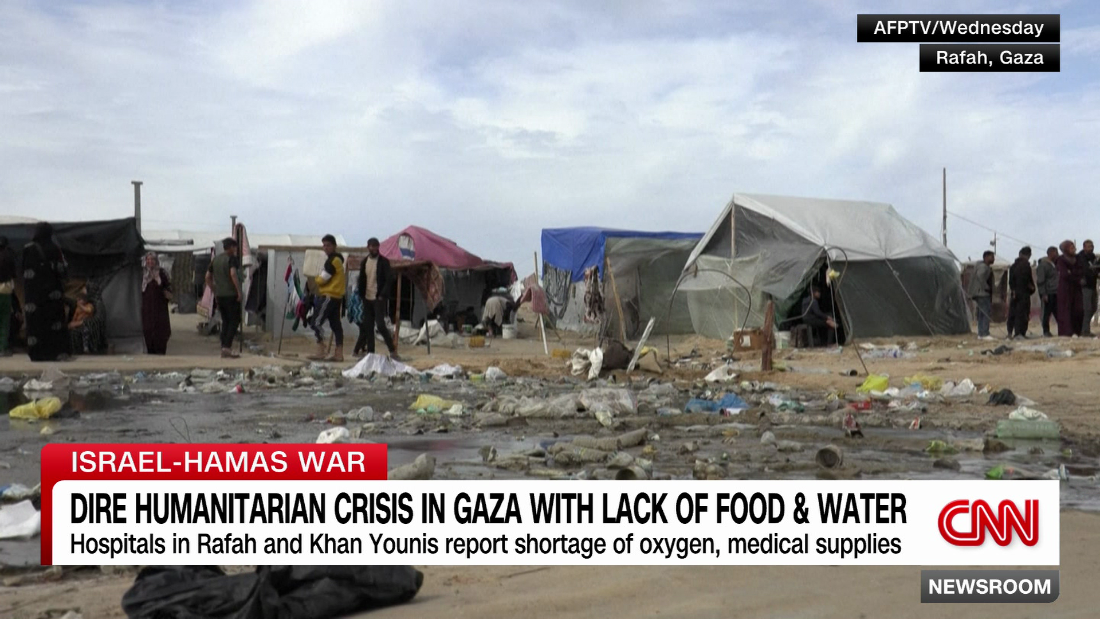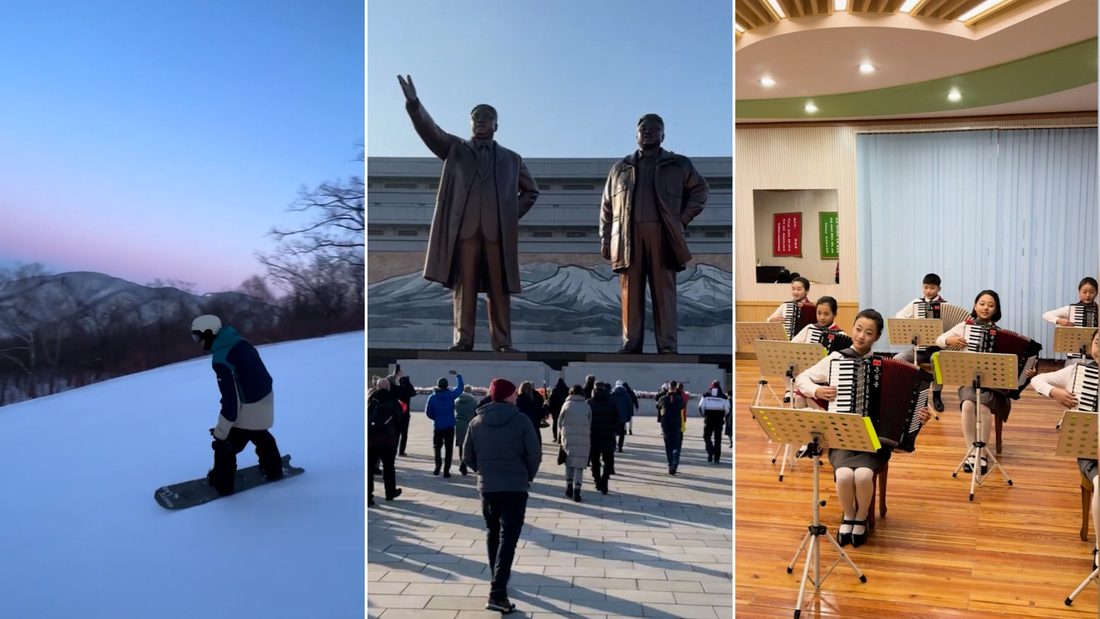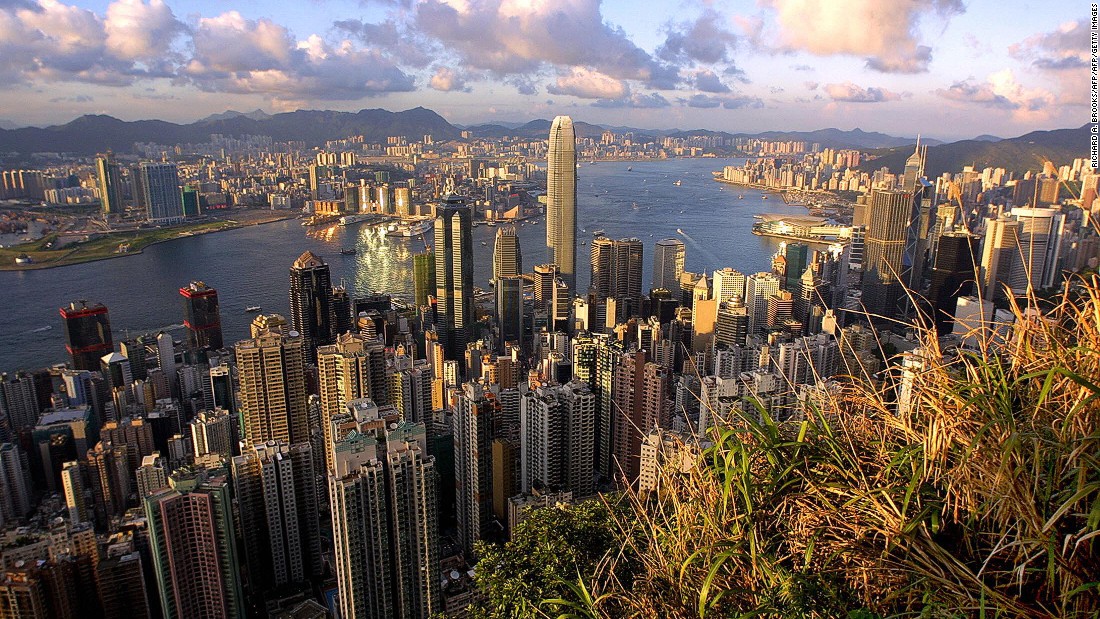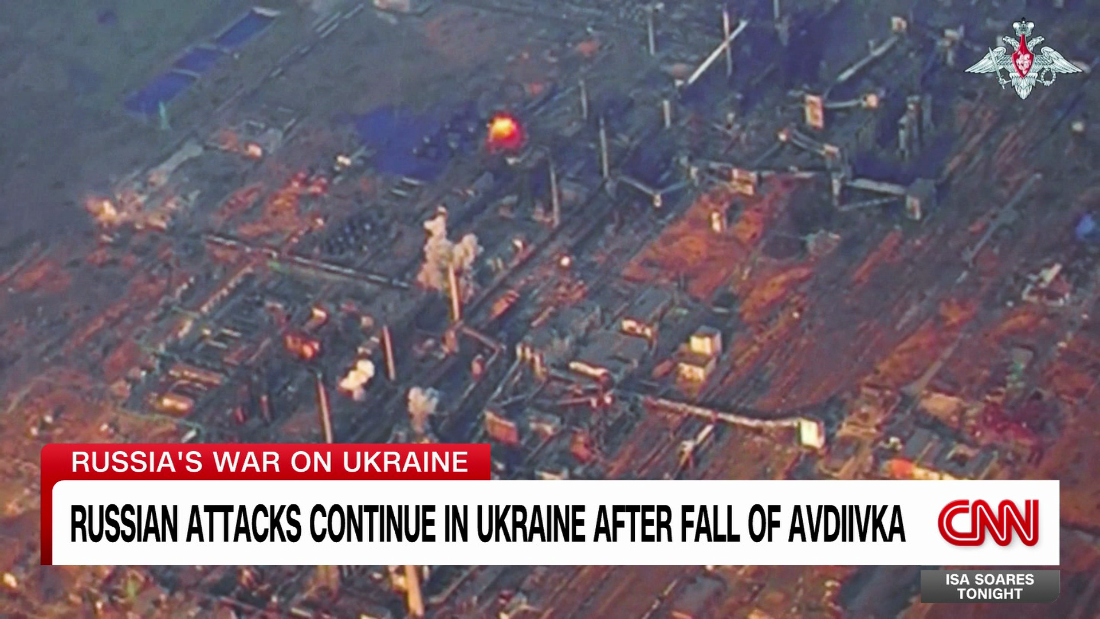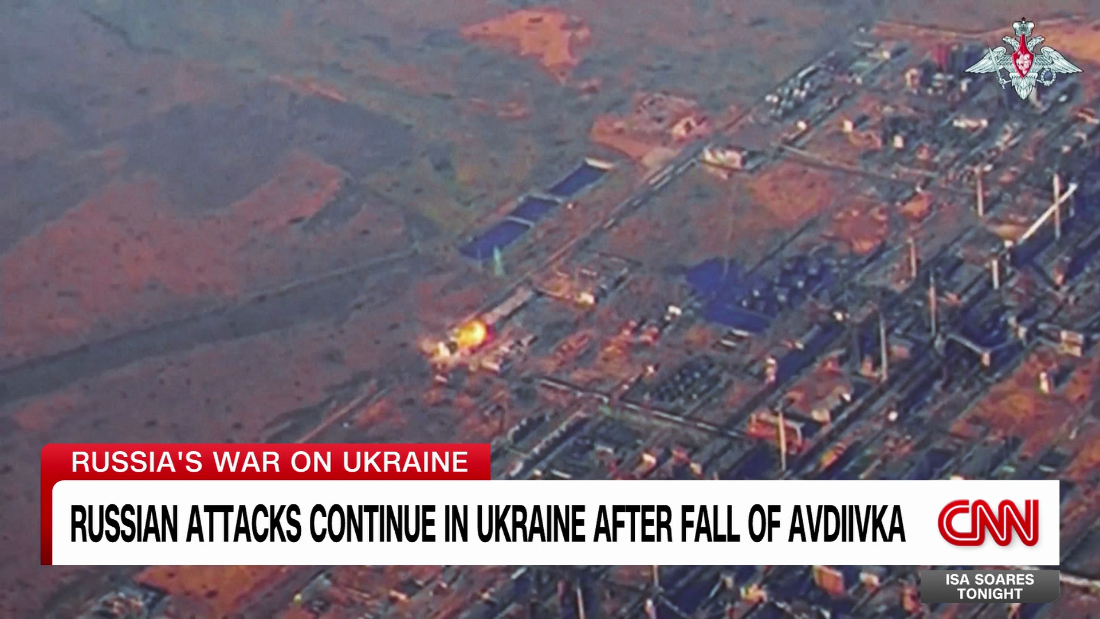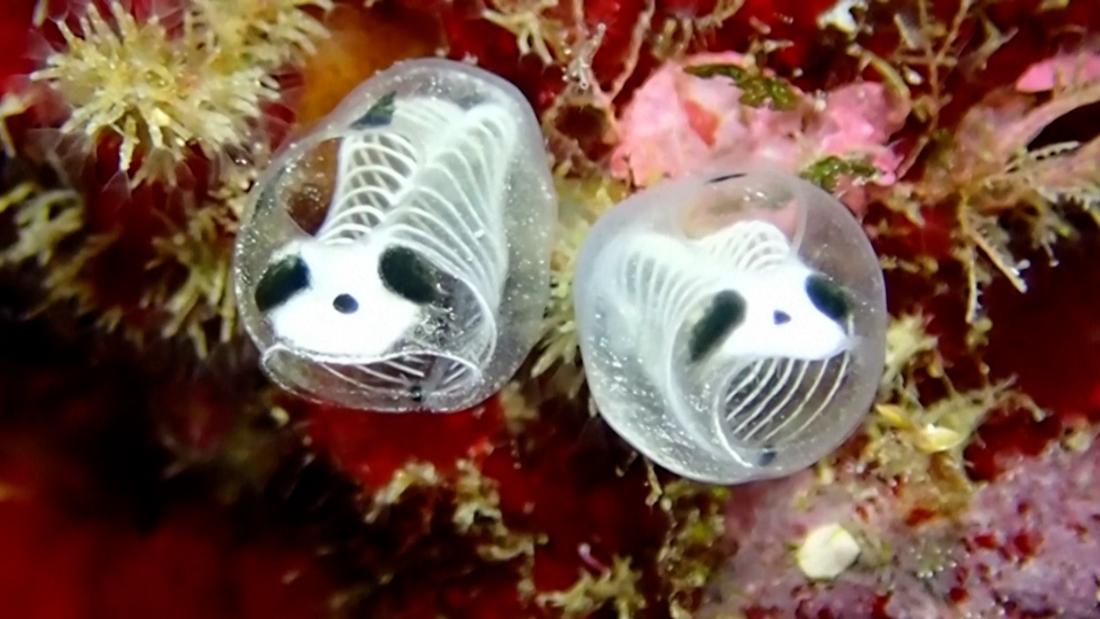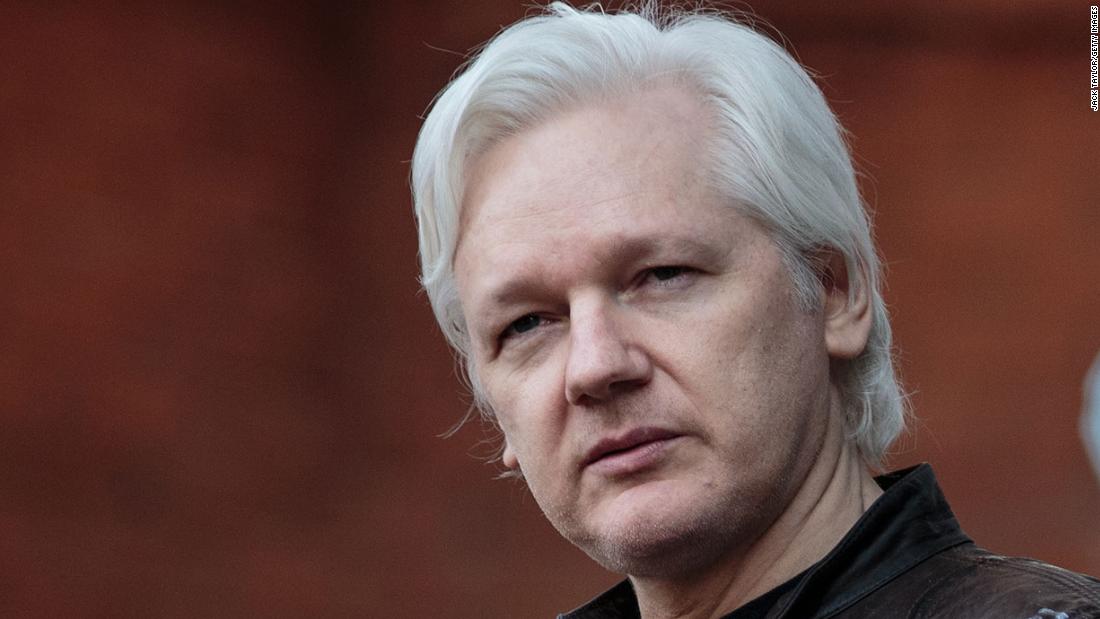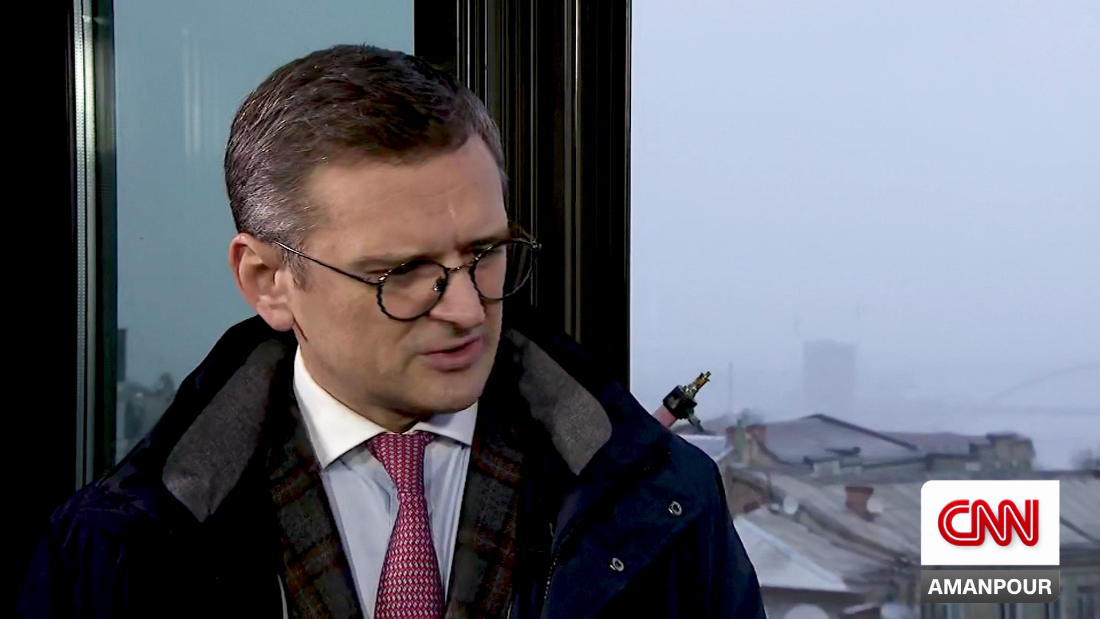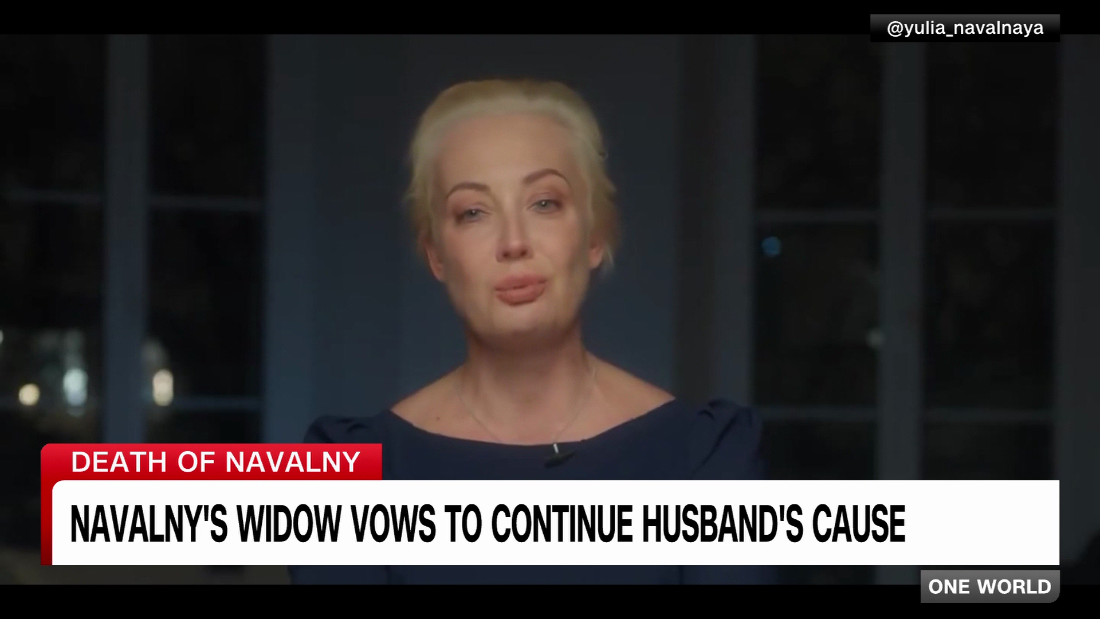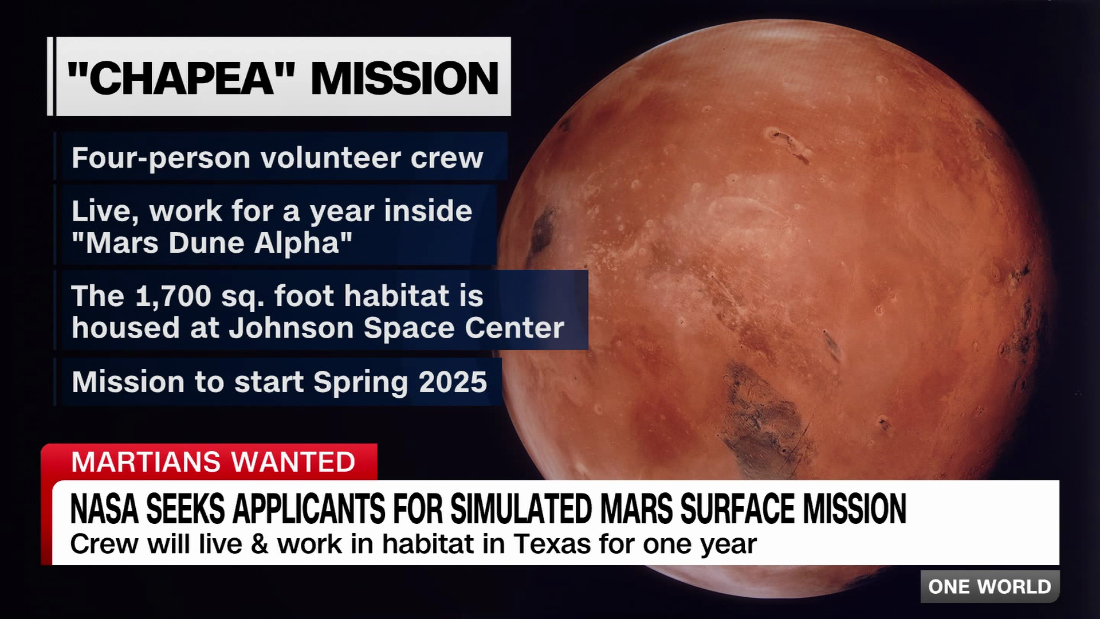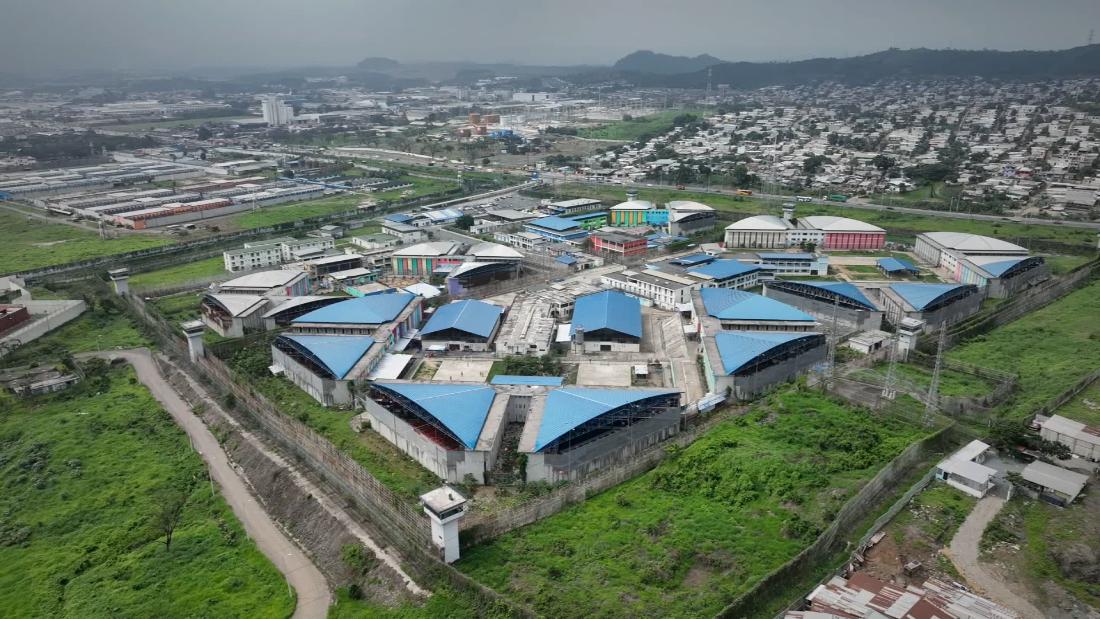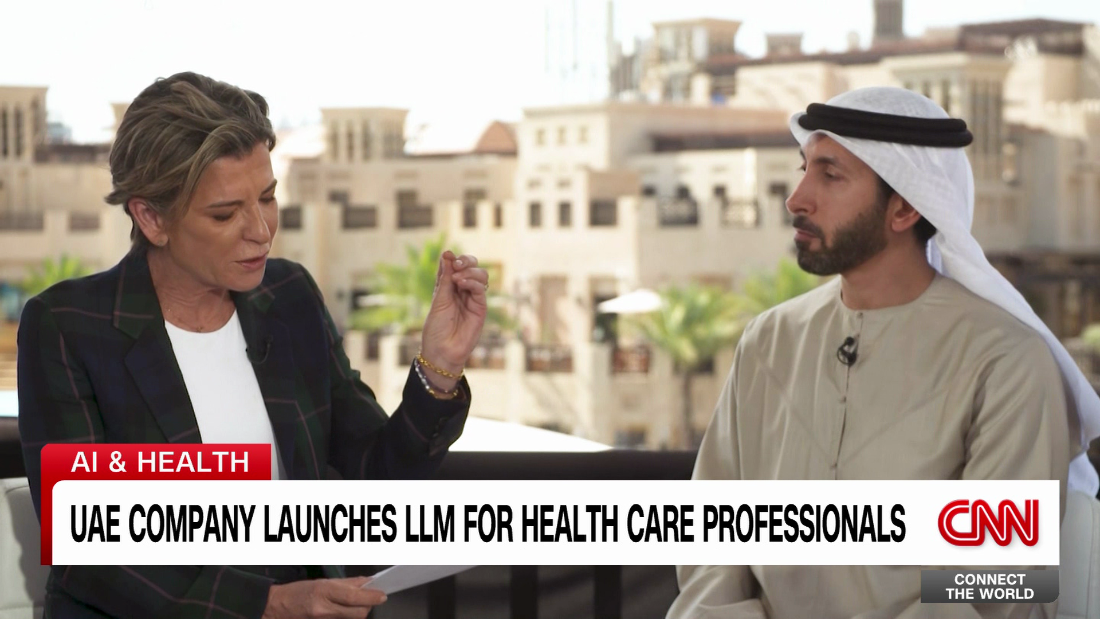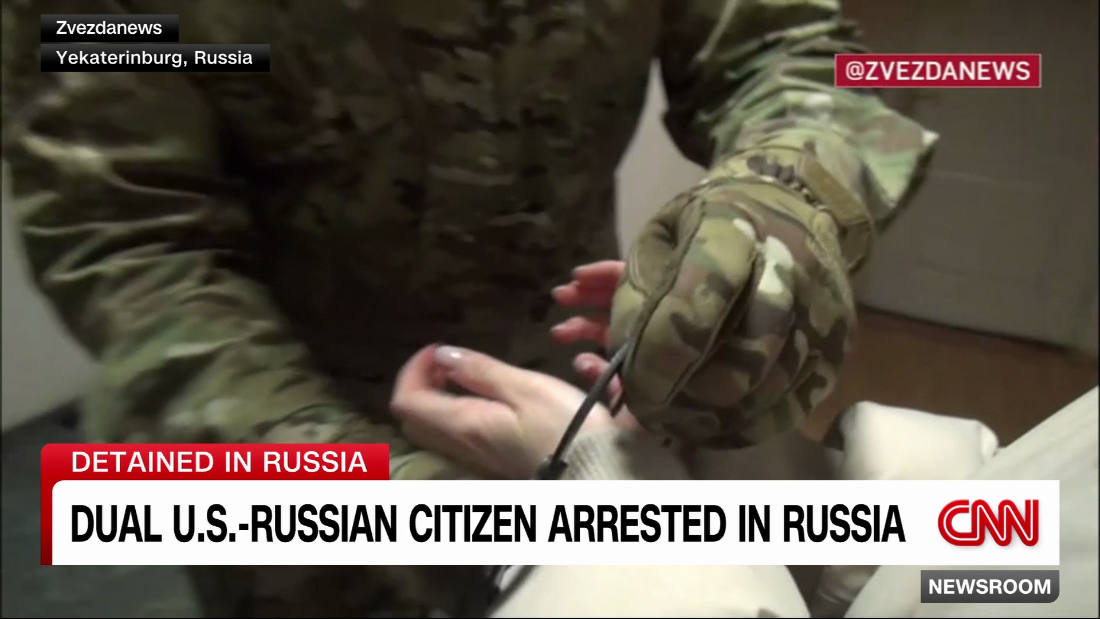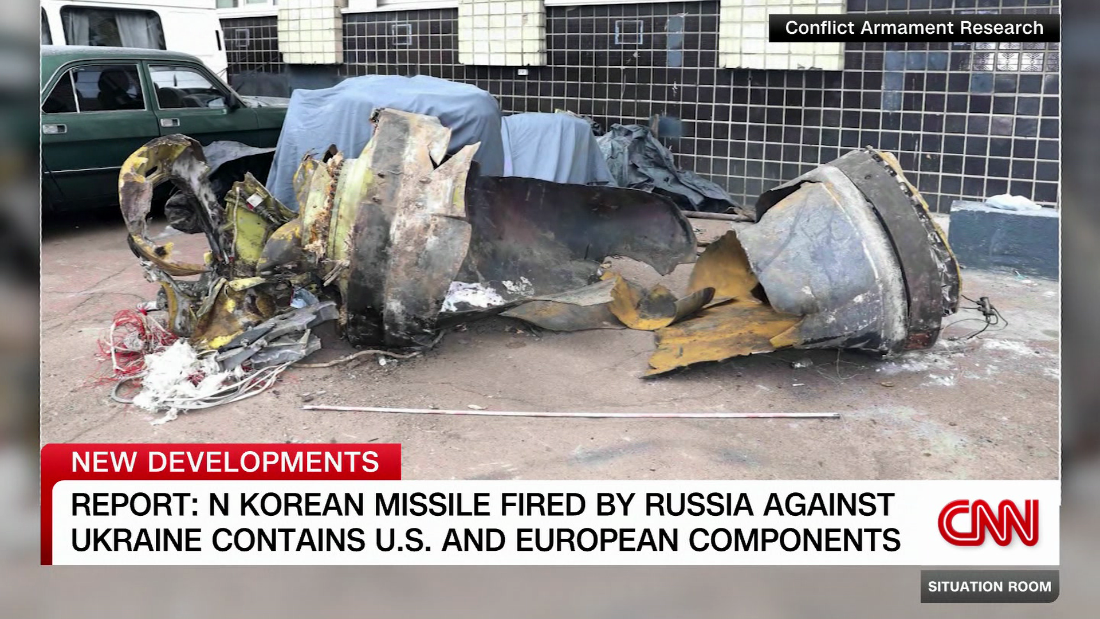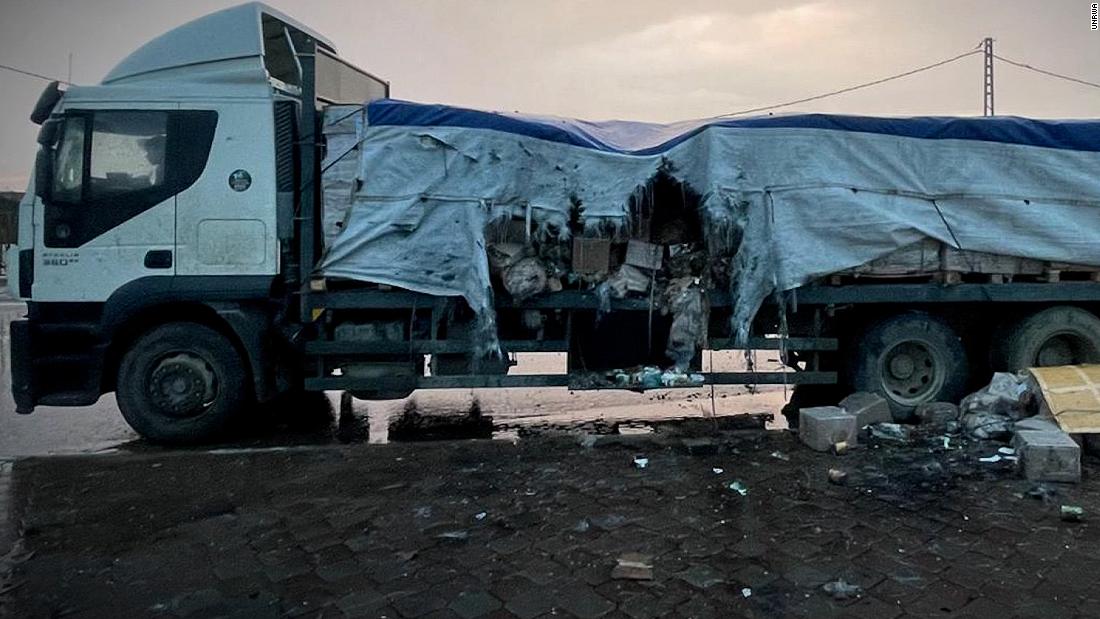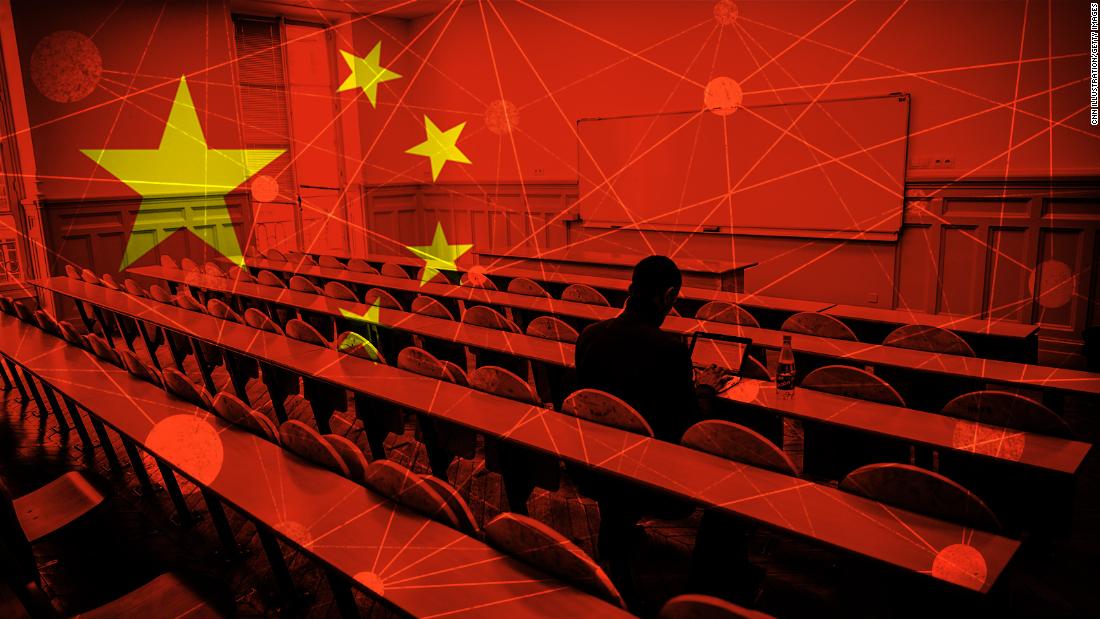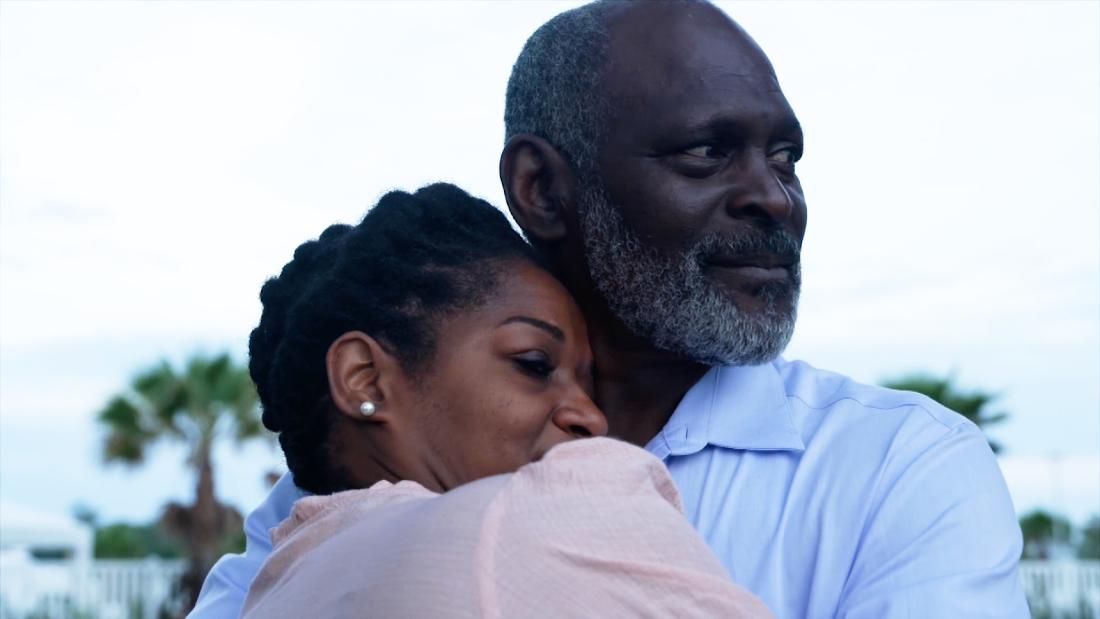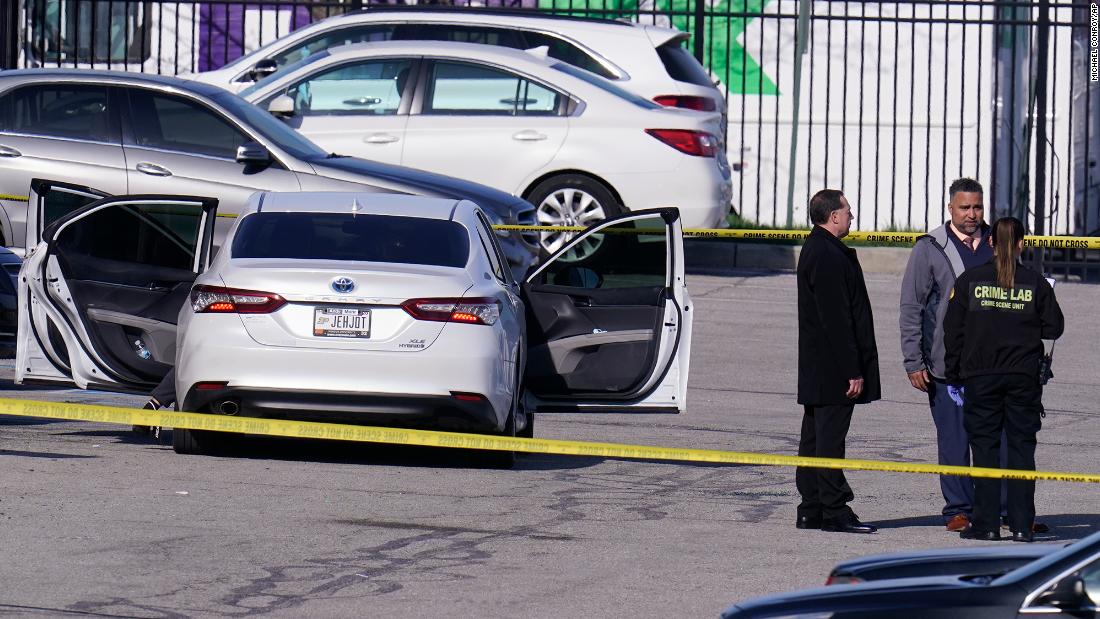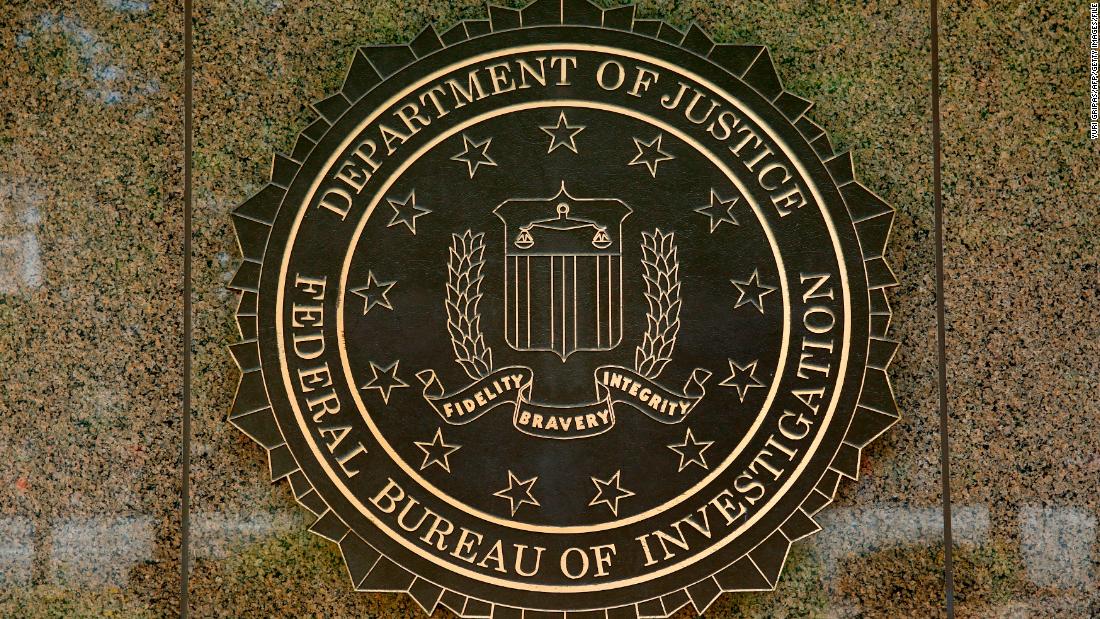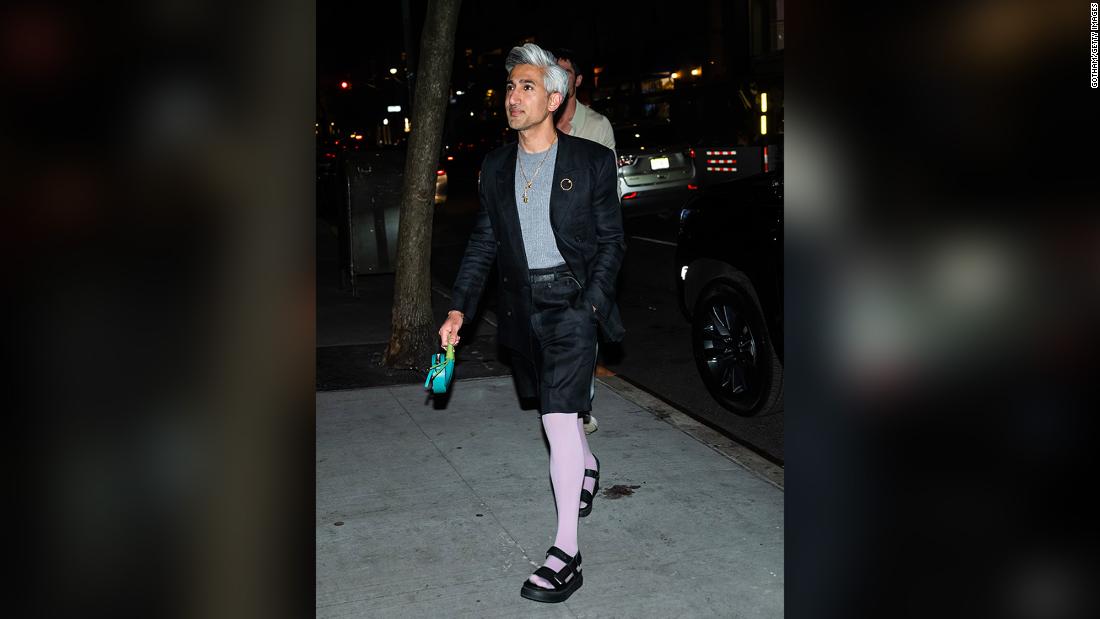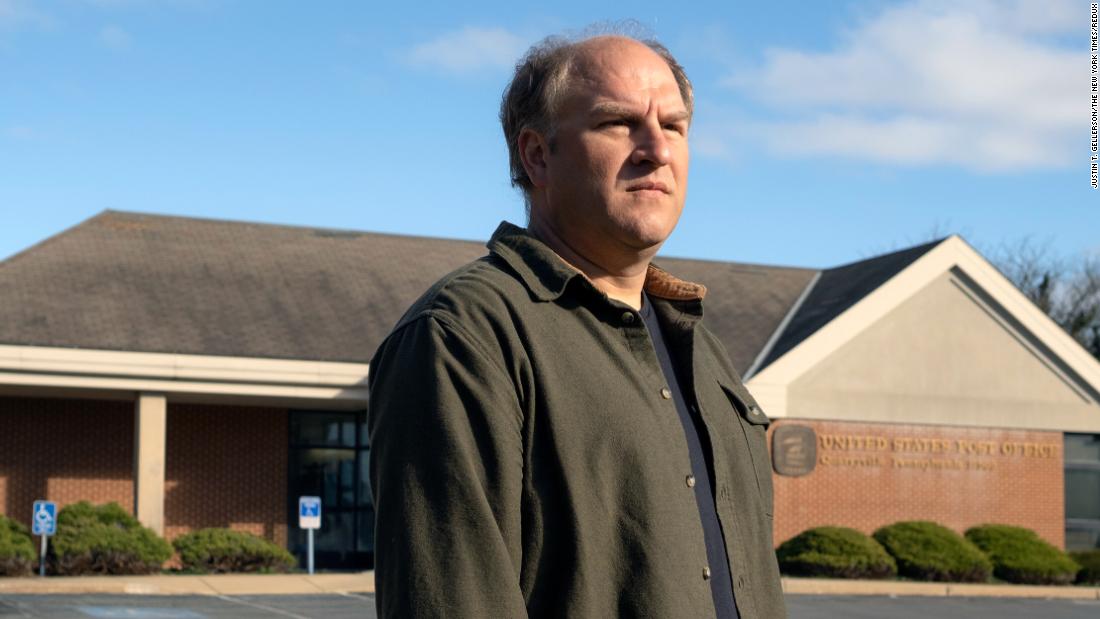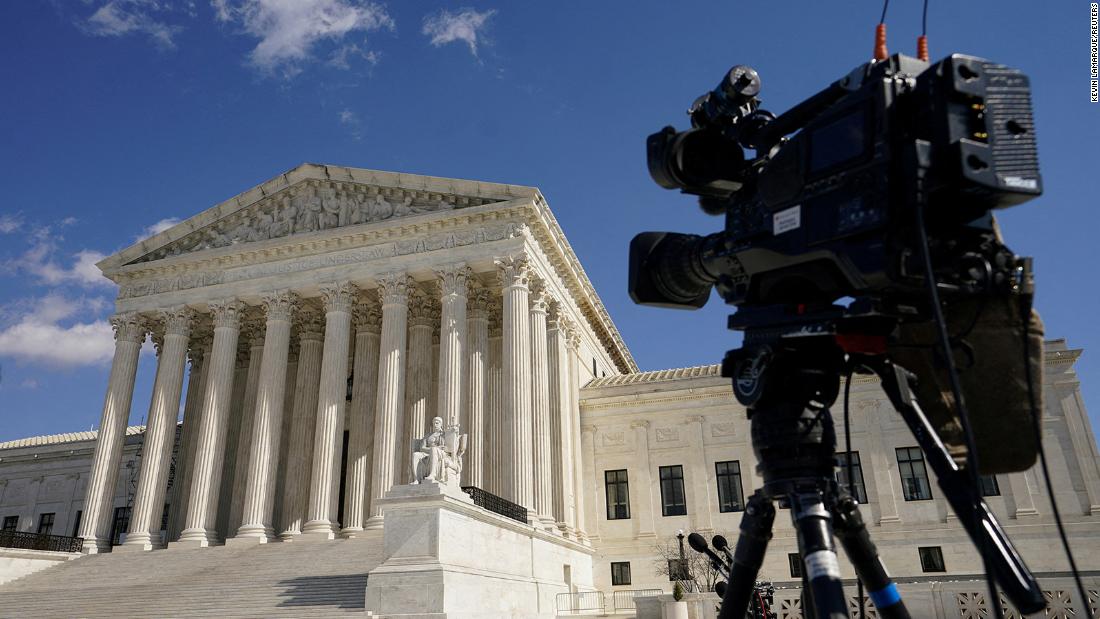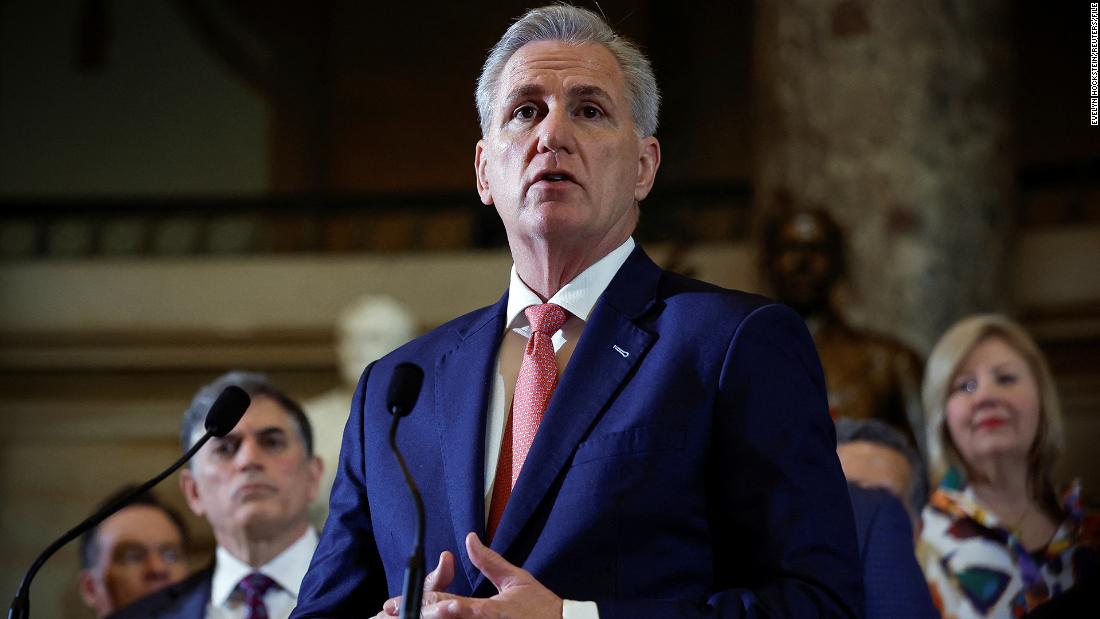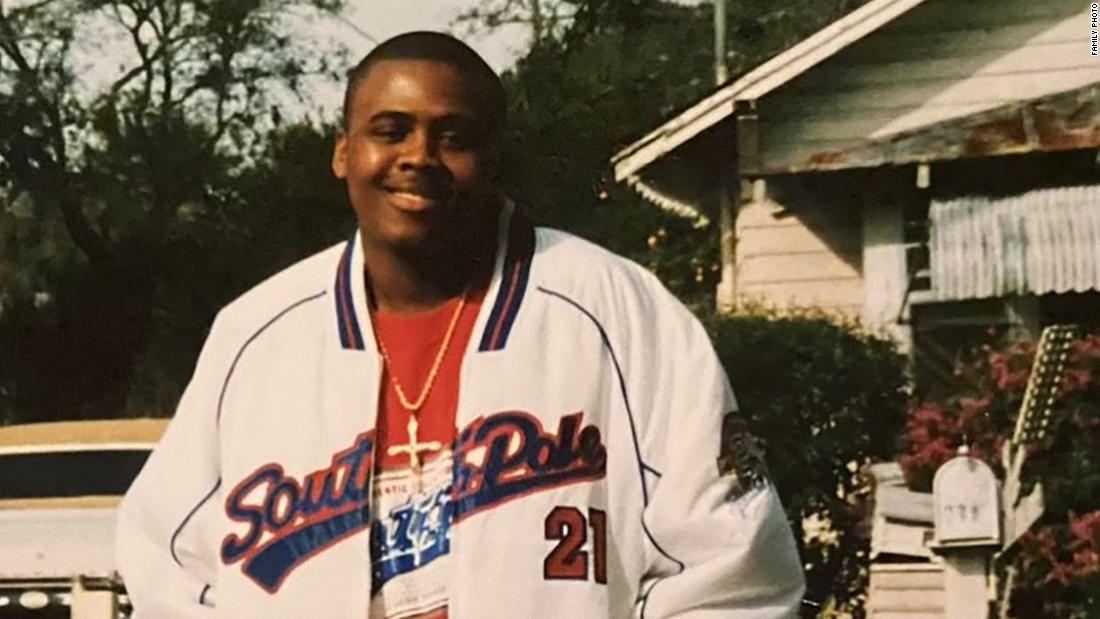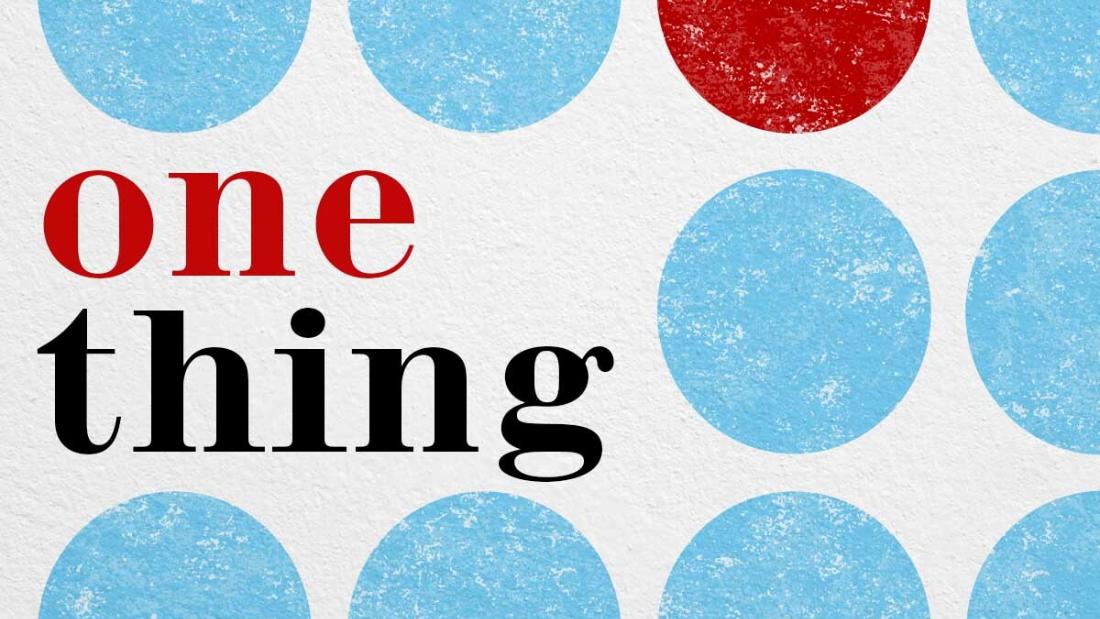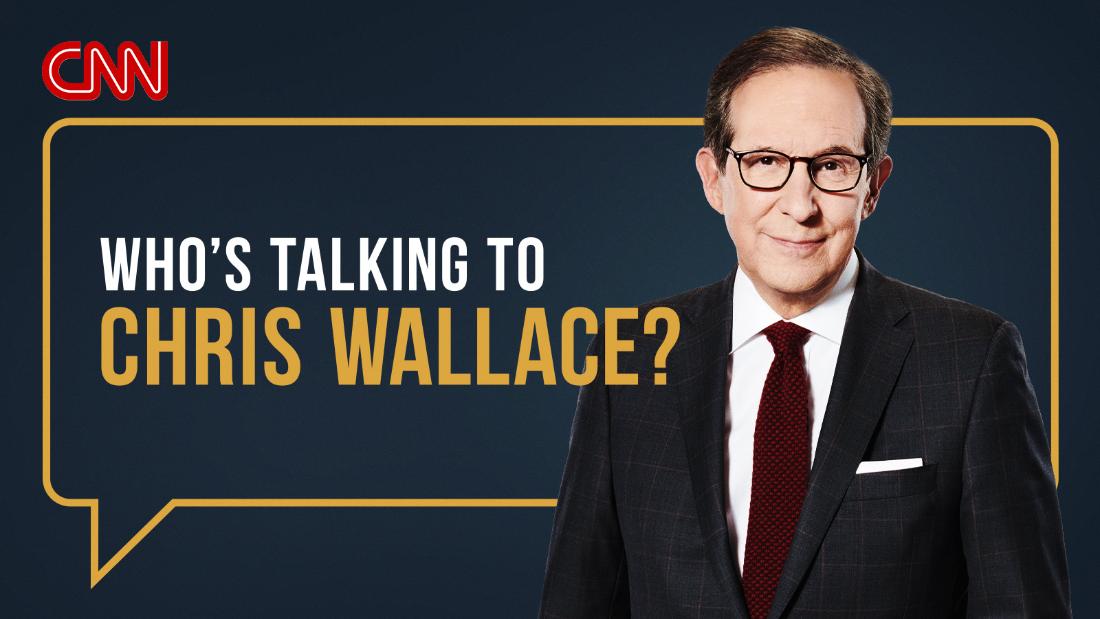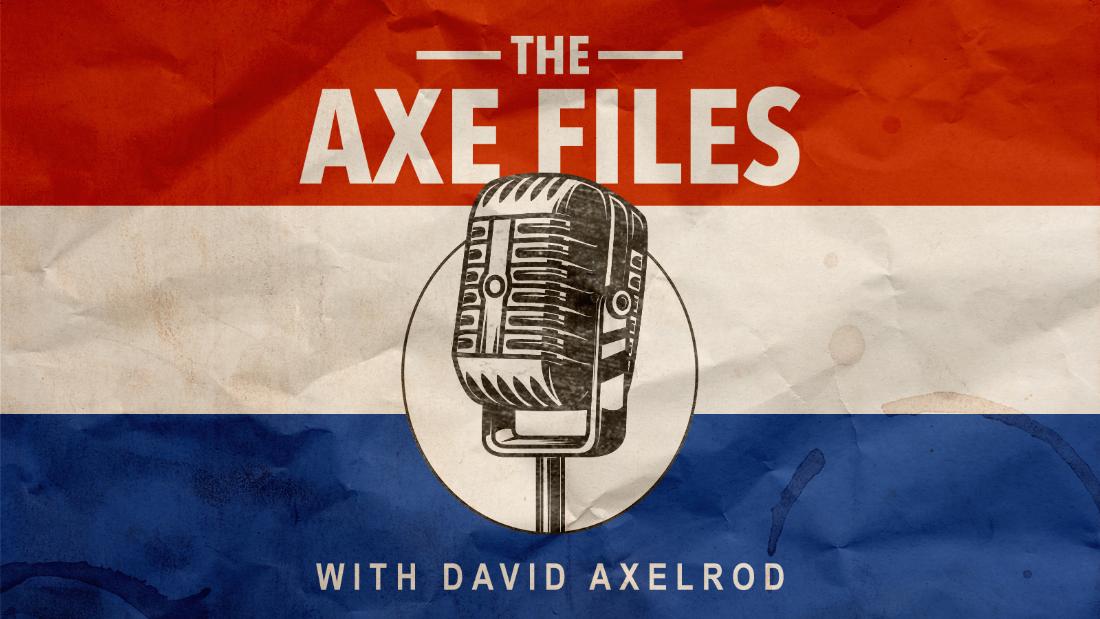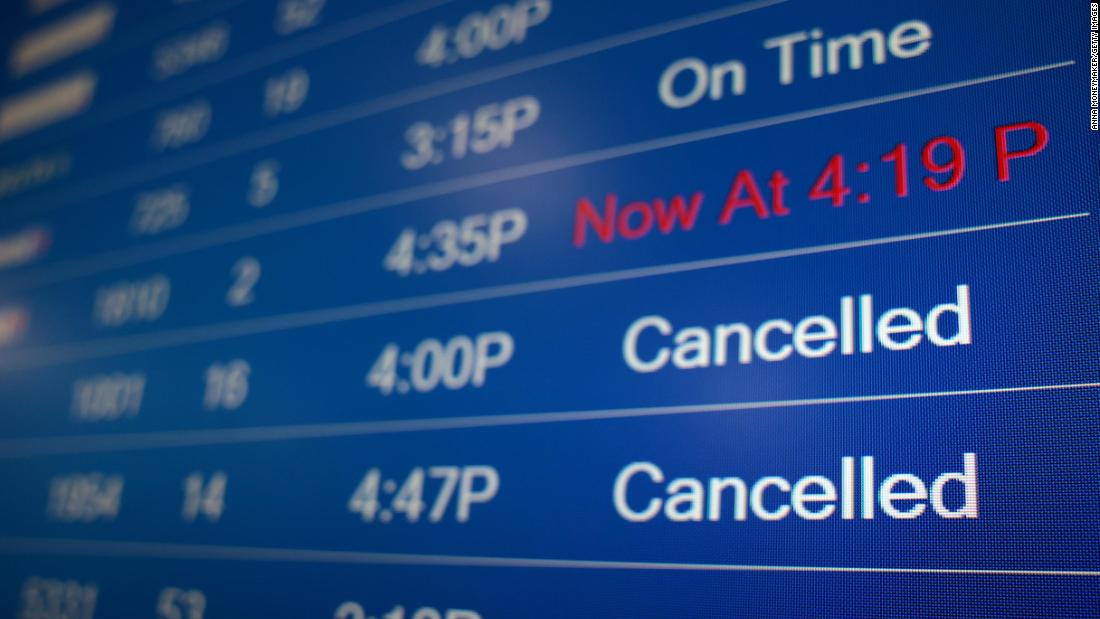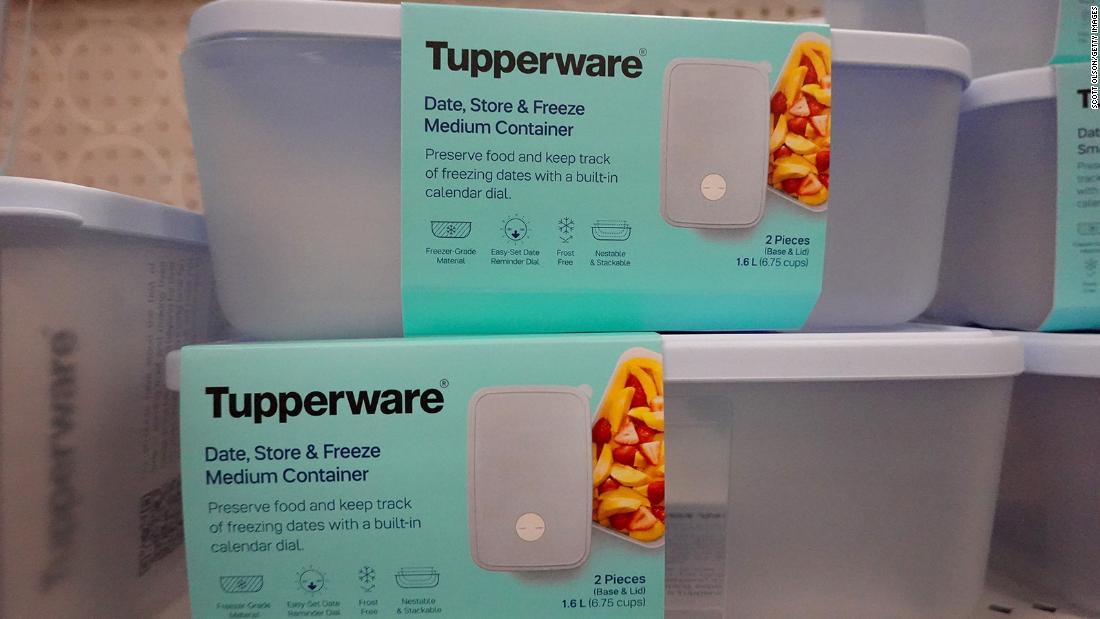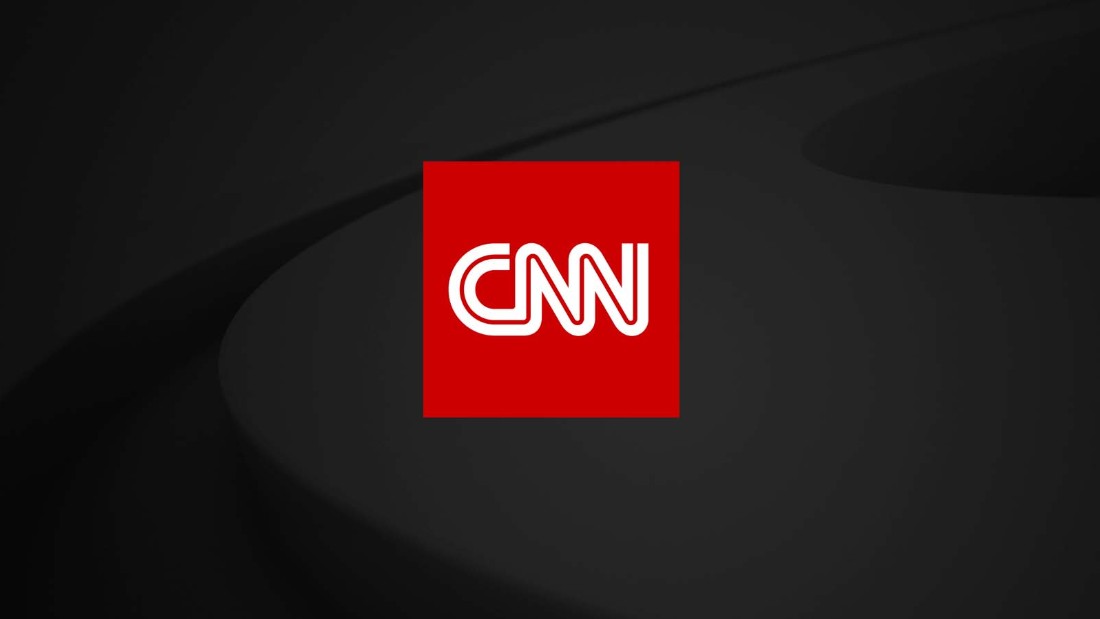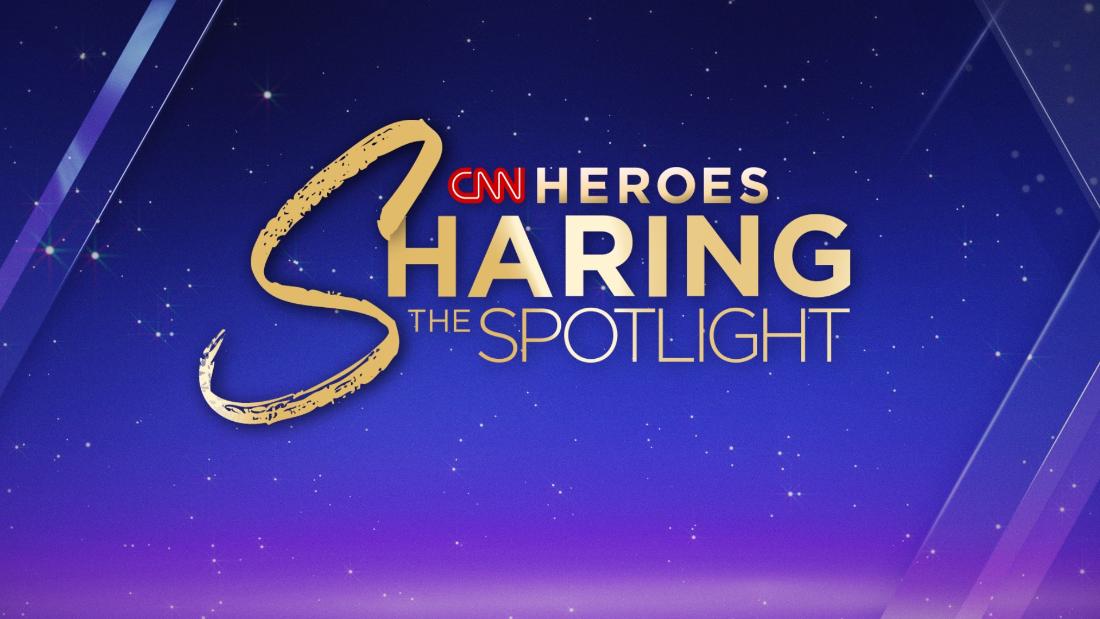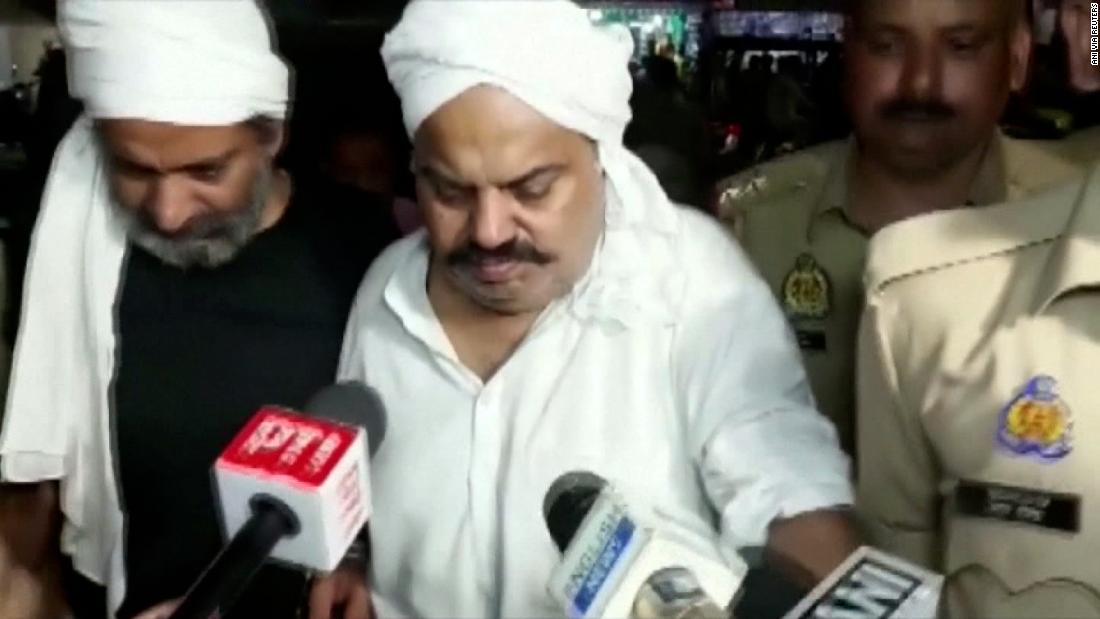THE world has woken up with a new President of the United States after Donald Trump’s crushing election victory over Kamala Harris.
The Republican strongman, 78, won the race to the White House after several swing states flipped red in a humiliating blow to the Democrats.
APDonald Trump has been elected US President[/caption]
APJD Vance speaks at the Palm Beach County Convention Center during the election night watch party[/caption]
As Trump prepares to return to the Oval Office, he steps into a political landscape shaped by a GOP-controlled Senate and a likely Republican majority in the House.
His running mate and now Vice President, JD Vance, previously vowed to unite the country, saying: “The way that we unite the country is to talk about the issues the American people care the most about.”
Dr Alan Mendoza, executive director for the think tank Henry Jackson Society, told The Sun that the world will need to adjust after Trump’s US election win and that lessons can be learned from the ex-president’s former stint in the White House.
He said: “Donald Trump’s comprehensive victory means that US allies and enemies alike are going to have to recalibrate their positions to reflect that, it is now going to be his global agenda that the world moves to.
“It would be a mistake to assume that anything – whether the end of the war in Ukraine or the future of the Middle East – is a foregone conclusion.
“The history of the first Trump administration from 2016-20 shows that those who engage and respect the USA did well, while those who denigrated and challenged it did badly.
Lessons can be learned from that, about how to position internationally to make sure that countries are in the driving seat of history rather than its passengers.”
As the newly-elected U.S. President, Donald Trump will follow several key procedures and transitions before he can officially take office.
What happens after the election?
After the election but before the inauguration, there is a transition period where the incoming president begins to plan and organize the administration.
The General Services Administration (GSA) provides resources to the president-elect for this process, and the incoming team starts setting up government operations.
On January 20th of the year following the election, Trump will be sworn into office in a ceremony held at the U.S. Capitol.
After taking the Oath of Office, the new president officially begins his term.
Once taking office, Trump should be nominating his key cabinet members and other senior staff.
These appointments need to be confirmed by the Senate.
EPAVoters celebrating Trump’s election win[/caption]
ReutersA Trump supporter wears the trademark ‘Make America Great Again’ cap[/caption]
And some positions, like secretaries of state, defense, and treasury, are critical for the functioning of the executive branch.
Trump can then begin implementing his agenda through executive orders, which are legally binding directives to federal agencies.
This is often one of the first actions a new president takes to address immediate policy concerns.
Once in office, Trump will begin receiving classified intelligence briefings to get up to speed on national security matters.
This is an ongoing process that continues throughout the president’s term.
Trump may also begin discussions with members of Congress to ensure cooperation on their legislative agenda.
Early engagements often focus on key priorities like economic plans, healthcare, or national security.
Both during the inauguration and in the weeks following it, Trump is expected to often give speeches to outline his goals and vision for America.
What will happen to Trump’s November sentencing?
Donald Trump is using several legal strategies to avoid prison, with his best chance depending on the presidential election outcome.
He has already delayed his sentencing on 34 felony counts related to falsifying business records to influence the 2016 election.
His lawyers are preparing for more legal battles, but how voters vote will likely have the greatest impact on his future.
“It’s 50/50” that he gets sentenced in November, said Karen Friedman Agnifilo, a former Manhattan district attorney official told CNN.
“If he loses the election, I think he gets sentenced, and I think he gets sentenced to prison. If he wins, I don’t think this goes forward.”
She added that a win on Election Day is “his get out of jail free card.”
Trump has long relied on delays in his legal strategy, often successfully.
By late 2023, he faced four criminal indictments, but only one case had gone to trial before the election.
His lawyers are now planning further tactics to postpone his sentencing, set for November 26.
How the courts respond will shape this unprecedented moment in American history and determine if or when a president serves prison time.
Can Donald Trump still be president if he is convicted before the election?
The U.S. Sun spoke to former prosecutor Neama Rahmani on the question of whether Donald Trump can still serve as president if he is in prison. Here’s what she said:
“If Donald Trump is found guilty, even if he’s sentenced to prison, which is unlikely in the New York case, he can still be president.
“There’s nothing prohibiting a convicted felon from being president of the United States.
“Theoretically, Trump could be in prison and still be president of the United States, earning the Constitution.
“The only requirements are that he be 35 and be born in the United States and not have engaged in an insurrection.”
What are Trump’s promises and policies?
As America heads towards another Trump administration, pressing questions emerge: What direction will Trump’s renewed leadership take? And what will it mean for the nation’s future, both domestically and on the world stage?
Donald Trump has laid out an extensive policy agenda for his second term, focusing on combating illegal immigration, revitalizing the US economy, and withdrawing from US involvement in Ukraine.
Reviving the scale of his 2016 promise to construct a wall along the Mexico border, Trump has vowed mass deportations of over 11 million undocumented individuals residing in the US.
His economic plans include imposing tariffs on all imports, with a 60 percent levy on goods from China.
Economists caution that this approach could act as a tax on Americans and drive up inflation if he regains the presidency.
Trump’s foreign policy, particularly his pledge to end US involvement in international conflicts, is causing concern in Ukraine and among its allies, who fear expedited pressure to negotiate a settlement with Russia that involves significant territorial concessions.
Unlike his 2020 re-election bid, which lacked a detailed platform, Trump’s new proposals provide voters with a clear vision for a second term.
Among his major initiatives is the construction of a “state-of-the-art next-generation missile defense shield” to bolster national security against potential threats.
This military emphasis extends to domestic policy as well, with Trump proposing the use of military intervention to manage civil unrest and protests.
Trump has also outlined a plan for introducing up to ten new “freedom cities,” alongside the creation of an “anti-woke” university, reflecting his continued focus on culture and education reform.
GettyTrump will follow several key procedures and transitions before he can officially take office[/caption]
ReutersTrump’s new proposals provide voters with a clear vision for his second term[/caption]
His educational agenda also features a central credentialing system for teachers, designed to ensure that they “embrace patriotic values,” aligning with his efforts to shape curricula and teaching standards.
Trump’s energy policy, encapsulated by the phrase “drill, baby, drill,” underscores a commitment to expanding domestic energy production.
This approach aims to increase energy independence and economic growth.
Social policies include the implementation of cost-free IVF access for all, broadening reproductive health options for Americans.
Trump has proposed severe measures such as the death penalty for drug dealers and child traffickers, a reflection of his tough stance on crime and public safety.
Controversially, Trump has suggested authorizing the shooting of shoplifters as a deterrent to crime, The Times reports.
These elements, among others, illustrate the far-reaching scope of his policy vision, which encompasses significant shifts in defense, domestic policy, social initiatives, and criminal justice.
Ukraine, Nato & WW3
Trump’s pledge to end the the war in Ukraine on his first day in office hinges on his confidence in his negotiating skills.
In September, he said: “I would get [Putin] into a room. I’d get Zelensky into a room. Then I’d bring them together. And I’d have a deal worked out.”
He adopts a pragmatic stance toward President Putin, whom he refrained from criticizing over the death of Russian opposition leader Alexei Navalny, according to The Times.
Reports suggest that Trump is considering making U.S. military aid to Ukraine dependent on its willingness to enter peace talks with Russia, while simultaneously assuring Moscow that U.S. support to Kyiv would increase if Putin refuses to negotiate.
On Wednesday, Ukraine Prime Minister Volodymyr Zelenskyy sent his best wishes to Trump.
He wrote on X: “Congratulations to @realDonaldTrump on his impressive election victory!
“I recall our great meeting with President Trump back in September, when we discussed in detail the Ukraine-U.S. strategic partnership, the Victory Plan, and ways to put an end to Russian aggression against Ukraine.
“I appreciate President Trump’s commitment to the “peace through strength” approach in global affairs.
“This is exactly the principle that can practically bring just peace in Ukraine closer. I am hopeful that we will put it into action together.”
APTrump and Ukraine’s President Volodymyr Zelenskyy shake hands during their meeting in September[/caption]
Vladimir Putin and Trump pictured at a meeting in Kremlin in 2018East2West
During his first term, Trump threatened to withdraw the U.S. from Nato unless member nations boosted their defense spending, which did lead to increased contributions.
In a campaign message titled “Preventing World War Three,” he also discussed the necessity of continuing efforts started during his presidency to reassess Nato’s role and mission.
Expert Alan Mendoza told The Sun: “Trump’s unpredictability will be as positive a factor in the world stage as it was in his first term.
“It will keep allies on their toes, working hard to maintain an alliance that requires burden sharing rather than passengers, and enemies will need to watch their step rather than assume that America is asleep at the wheel.”
In July, Trump called for Israel to end its conflict with Hamas and demanded the release of hostages held in Gaza.
Regarding the war in the Middle East, Dr Burcu Ozcelik, RUSI’s Senior Research Fellow for Middle East Security, said: “Middle Eastern states will now be bracing for how Trump’s campaign pledge to ‘end wars’ will translate on the ground in Gaza, Lebanon and a region teetering on the brink of deepening instability with the ongoing Israel-Iran military standoff.
“The horrific October 7th Hamas attacks altered the regional status quo, meaning this is not the Middle East that Trump left four years ago.
“Many in the region will be readying for a return to Trump’s transactional diplomacy—a tit-for-tat, business-deal-making approach—that the regional political elite will be familiar with from the previous Trump administration.
“Gulf states, chiefly Saudi Arabia and the UAE, likely believe there is more to be gained under the second Trump presidency, such as US security guarantees, arm deals, and a tougher stance on Iran.”
The Republican has also argued that Taiwan should compensate the U.S. for its defense, telling Bloomberg Businessweek that the island, which China has vowed to reclaim, was “stealing” American microchip production.
Trump has also said he would deploy special forces to combat Mexican drug cartels.
Former Defense Secretary Mark Esper mentioned in his memoir that he twice opposed Trump’s suggestion to use missile strikes against these cartels.
Immigration & ‘The Wall’
Trump has vowed to finish the construction of the border wall with Mexico after President Biden stopped work on the 1,954-mile boundary in 2021.
During Trump’s term, approximately 459 miles of the wall were completed or upgraded, with 49 miles built where there had previously been no barrier.
The U.S. is home to at least 11 million undocumented immigrants, around eight million of whom work in industries such as agriculture and hospitality.
Trump has expressed plans to deport these individuals and, in an interview with Time magazine, did not rule out constructing new detention centers to support these deportations.
“We’re not leaving them in the country, we’re bringing them out,” he said, adding that the National Guard could be employed for this purpose and, if necessary, military forces would be used.
Economists caution that such actions could disrupt the U.S. economy and trigger inflation, as employers might face higher labor costs or be forced to reduce output and services, leading to price increases due to shortages.
AFPTrump signs a plaque as he tours a section of the border wall in Alamo, Texas, in 2021[/caption]
AFPThe Republican strongman has vowed to finish building the border wall with Mexico[/caption]
Supreme Court Justices
Trump intends to reverse the Biden administration’s “catch and release” policy, which allows asylum-seeking migrants to be released into the U.S. with a court date.
He aims to reinstate the “remain in Mexico” policy, requiring asylum seekers to wait outside the U.S. while their cases are processed.
He also plans to use executive orders to reinstate his travel ban on visitors from several majority-Muslim countries, which was overturned by Biden.
Trump also proposed revoking visas for foreign students known to have participated in anti-Israel or pro-Palestinian protests.
Consular officials would be directed to increase ideological screening of visa applicants to block those deemed to have undesirable views.
Trump seeks to end “birthright citizenship” for children born to undocumented parents.
If enacted via executive order, this would likely be challenged in the U.S. Supreme Court.
The Court may also have to revisit Trump’s previous attempt to end the Deferred Action for Childhood Arrivals (DACA) program, which provides work permits to approximately 580,000 young immigrants brought to the U.S. illegally as children.
The Supreme Court upheld DACA in a 5-4 decision in 2020, but since then, Trump has appointed a conservative judge to replace the late liberal Justice Ruth Bader Ginsburg, who was part of the majority.
Trump is also expected to push for the reinstatement of health-related rejections for asylum seekers, a measure used during the pandemic.
Stephen Miller, Trump’s immigration adviser, has argued that entry could be denied due to “severe strains of the flu, tuberculosis, scabies, other respiratory illnesses, or general public health concerns related to mass migration and communicable diseases.”
This policy would likely face legal challenges, according to The Times.
Justice & fight against drugs
Trump has promised to pardon all those convicted for their involvement in the January 6, 2021 riot at the US Capitol – describing them as “hostages”.
He also pledged to push Congress to mandate the death penalty for anyone involved in trafficking children across the border.
Trump emphasized that this would apply to women as well, who he noted are “often prominent in trafficking”.
He also promised to enforce “a full naval embargo on the drug cartels and deploy military assets to inflict maximum damage on cartel operations”.
He will also ask Congress to extend the death penalty to drug dealers.
Education & the war on the woke
Trump has vowed to shut down the federal Department of Education, which would hand over full control of educational services to individual states.
It remains uncertain how he would enforce his education policies without a federal department, especially in states governed by Democrats.
But this has not stopped him from outlining his goals.
He pledged to issue an executive order directing all federal agencies, including the Department of Education, to stop and programs that promote gender transition at any age.
Trump also proposed establishing a certification body to accredit teachers who uphold patriotic values and support “the American way of life”.
Trump’s running mate and now elected VP has also made an array of promises and policies
These initiatives are part of the broader cultural conflicts in the U.S., where school board elections have become highly politicized, The Times reports.
Trump also plans to allocate federal funds to employ veterans, retired police officers, and trained gun owners as armed guards in schools to “deter unhinged maniacs and keep our nation’s children out of harm’s way”.
He also suggested using the wealthy endowments of elite private universities to create an American Academy that would provide a world-class education for free without increasing the federal debt.
The academy’s educational content would be accessible online at no cost, and Trump stated that it would prohibit “wokeness” and “jihadism.”
Abortion & IVF
Trump has distanced himself from the abortion policies he championed during his first term, particularly with regard to universal access.
His conservative-appointed Supreme Court judges pushed the issue back to the states, leading to abortion bans or severe restrictions in 21 Republican-controlled states.
But Trump has stated he would not sign a federal ban on abortion if passed by Congress.
In a campaign video, he clarified his position, saying: “Like Ronald Reagan, I am strongly in favour of exceptions for rape, incest, and the life of the mother,” after months of mixed signals.
He has reiterated this stance at his campaign rallies.
Trump has also pledged to have U.S. states and insurers fund IVF treatments if he is elected for a second term.
But he did not provide details on how he would fund the costly procedure or explain the specifics of how his plan would be implemented.
Economy & Trade
Trump has consistently described tariffs as “the most beautiful word in the dictionary.”
He has committed to imposing a universal tariff of 10 to 20 percent on all imports, with a 60 percent tariff on Chinese goods.
He has also proposed steep levies on foreign cars made in Mexico or China, saying they could range from 100 to 2,000 percent in an interview with Bloomberg News.
Trump vowed to revoke China’s “most-favored nation” trade status and implement a four-year plan to gradually eliminate Chinese imports of key goods, including electronics, steel, and pharmaceuticals.
But economists warn that such tariffs would likely increase costs for U.S. consumers and exacerbate inflation.
Trump has also proposed making the tax cuts from the 2017 Tax Cuts and Jobs Act permanent, extending them beyond their expiration date at the end of 2025.
However, a recent report by the nonpartisan Congressional Budget Office warned that this would add $3.5 trillion to the nation’s already soaring debt, which currently stands at $31.4 trillion.
Published: [#item_custom_pubDate]











